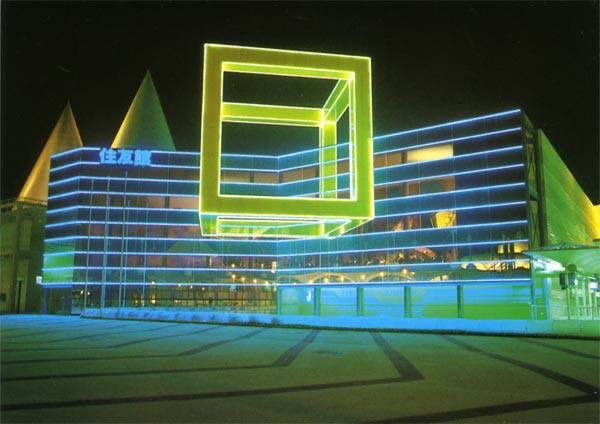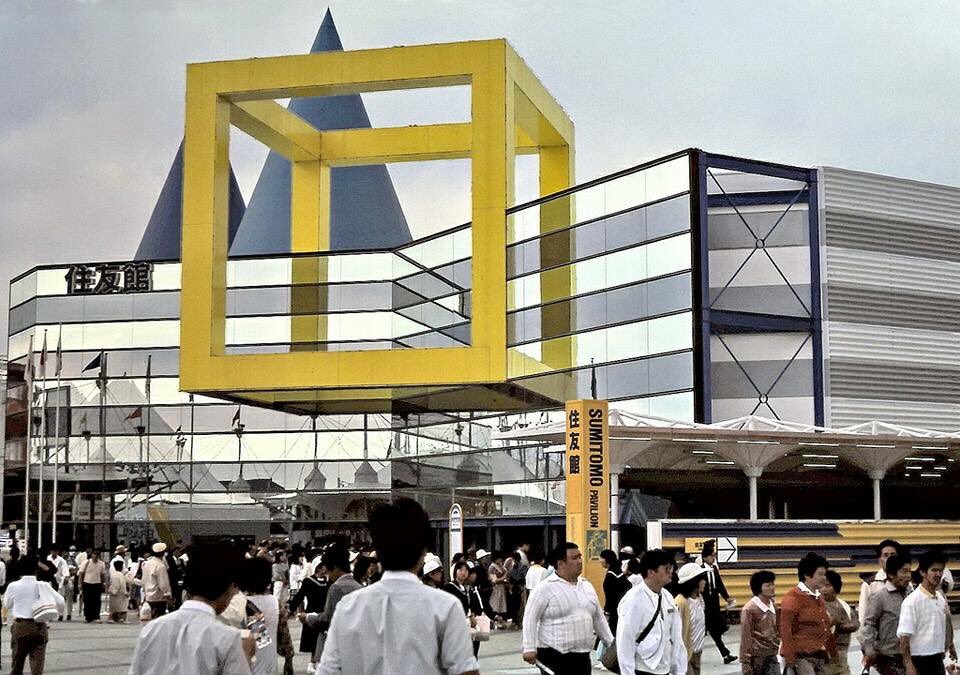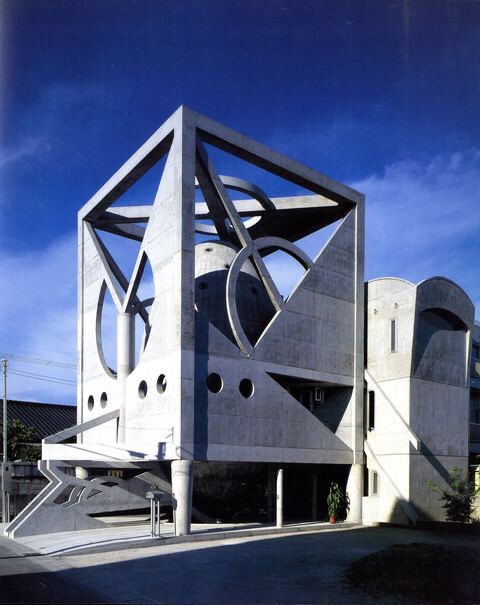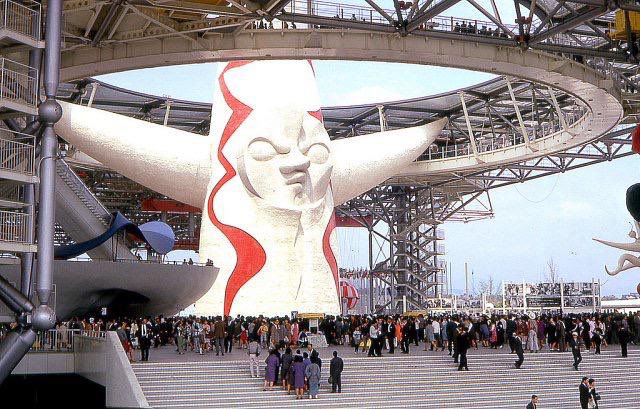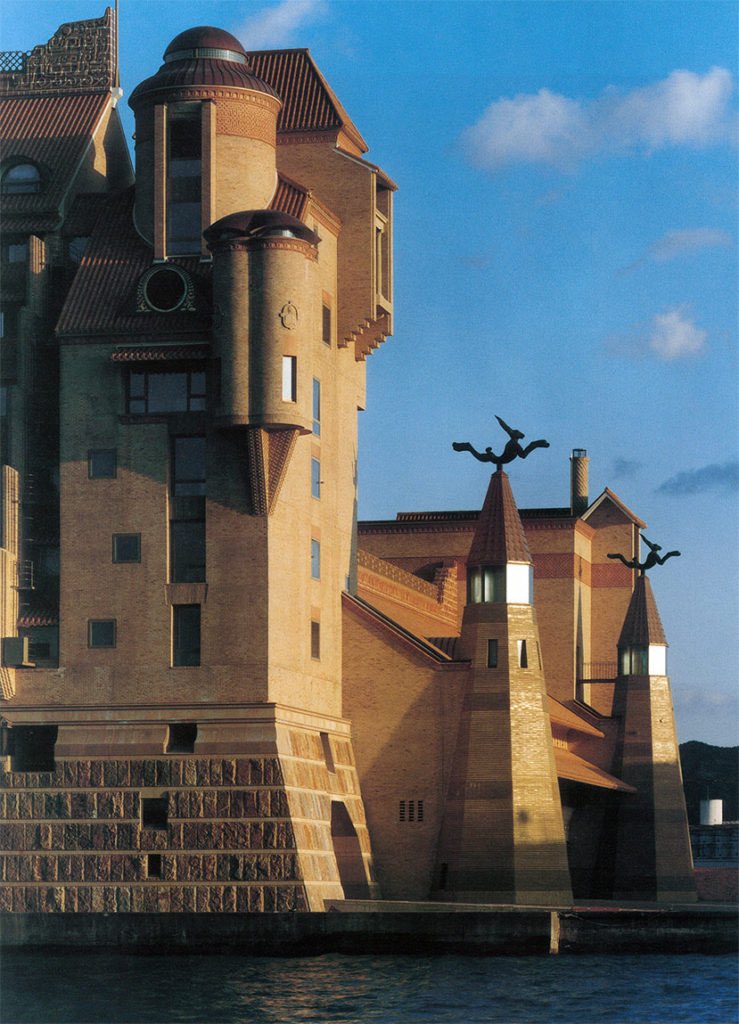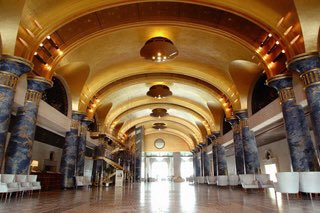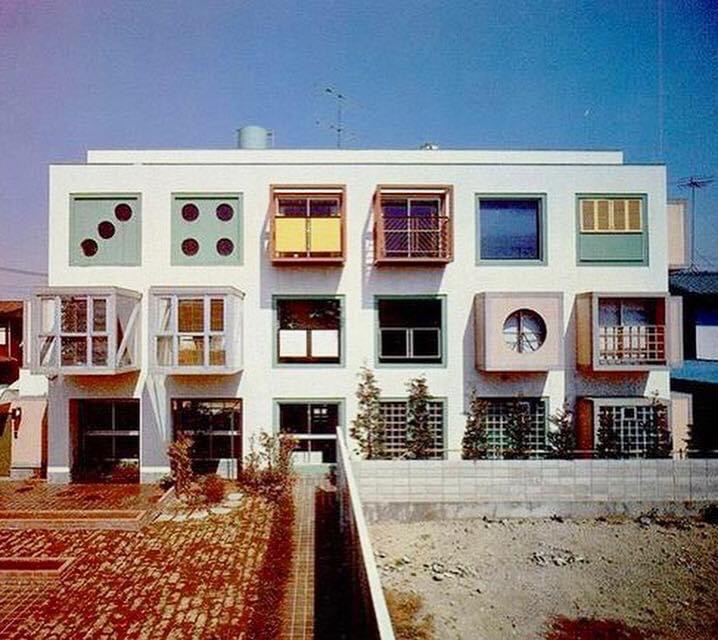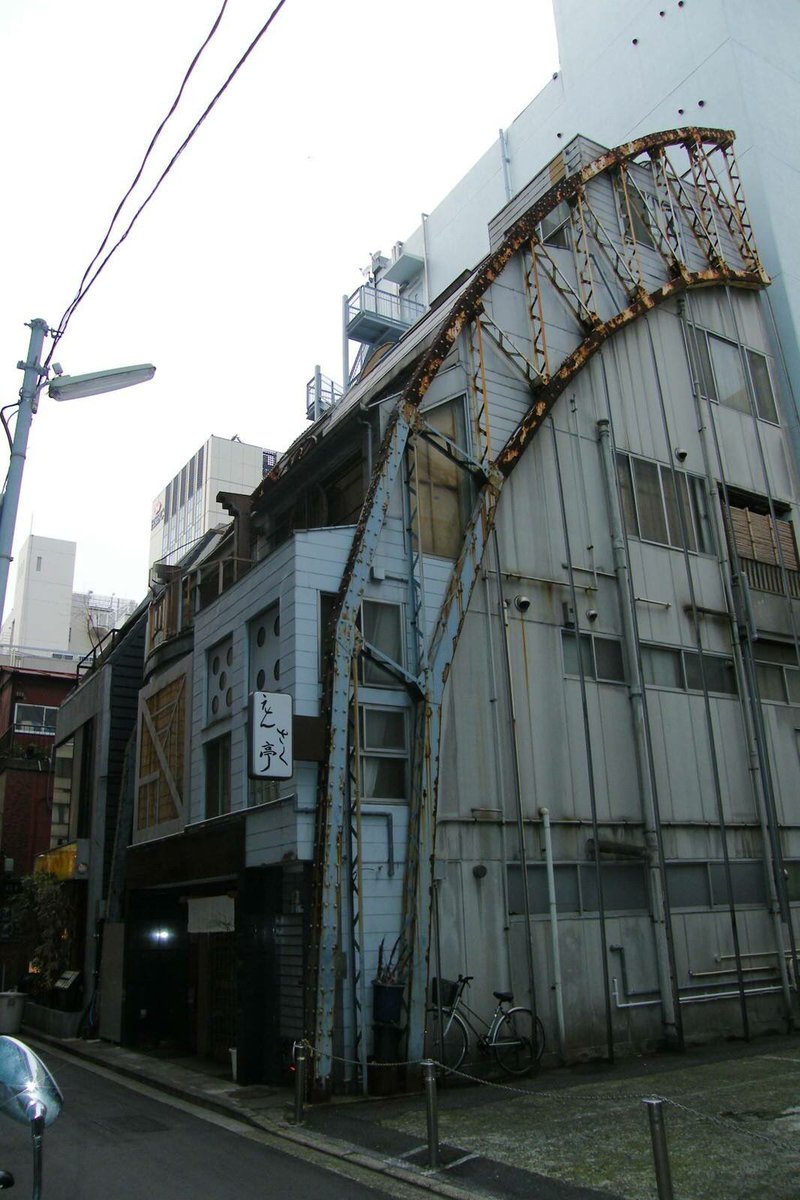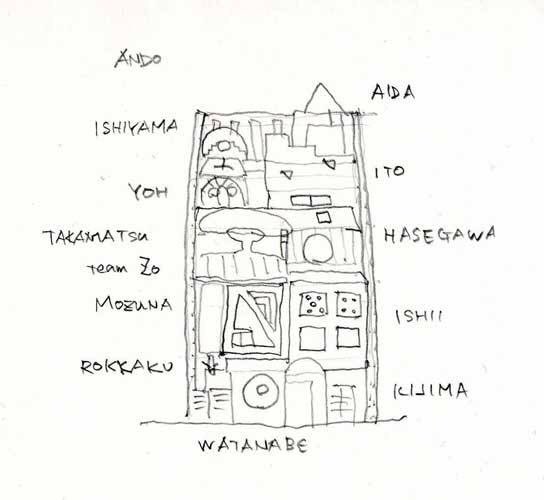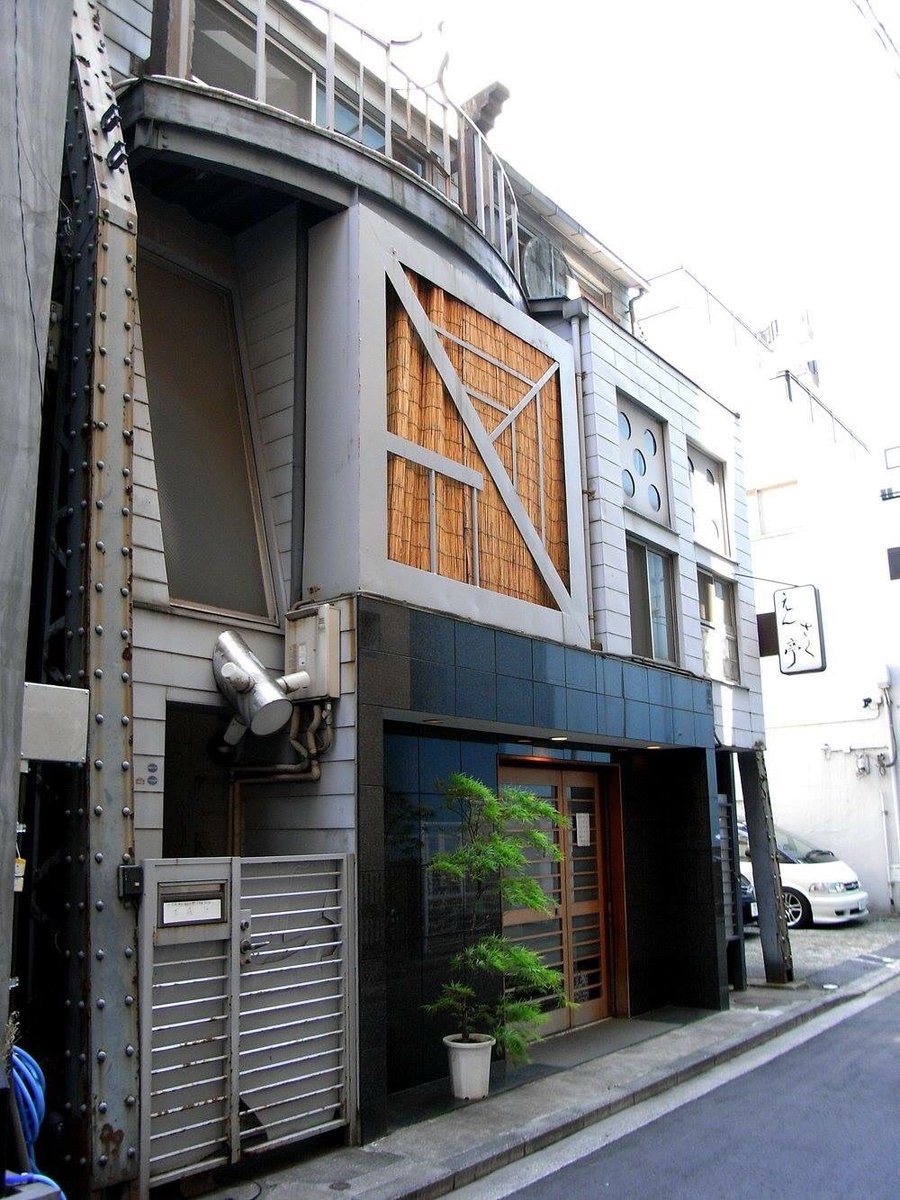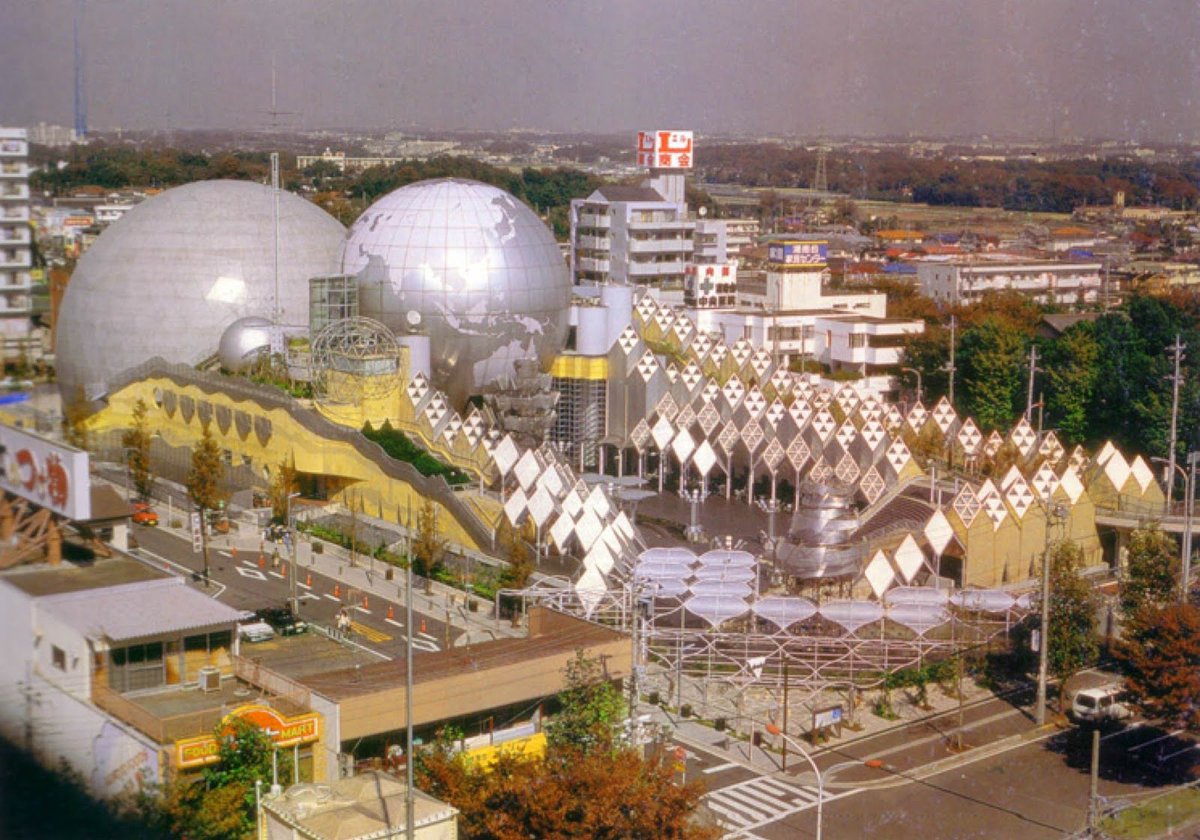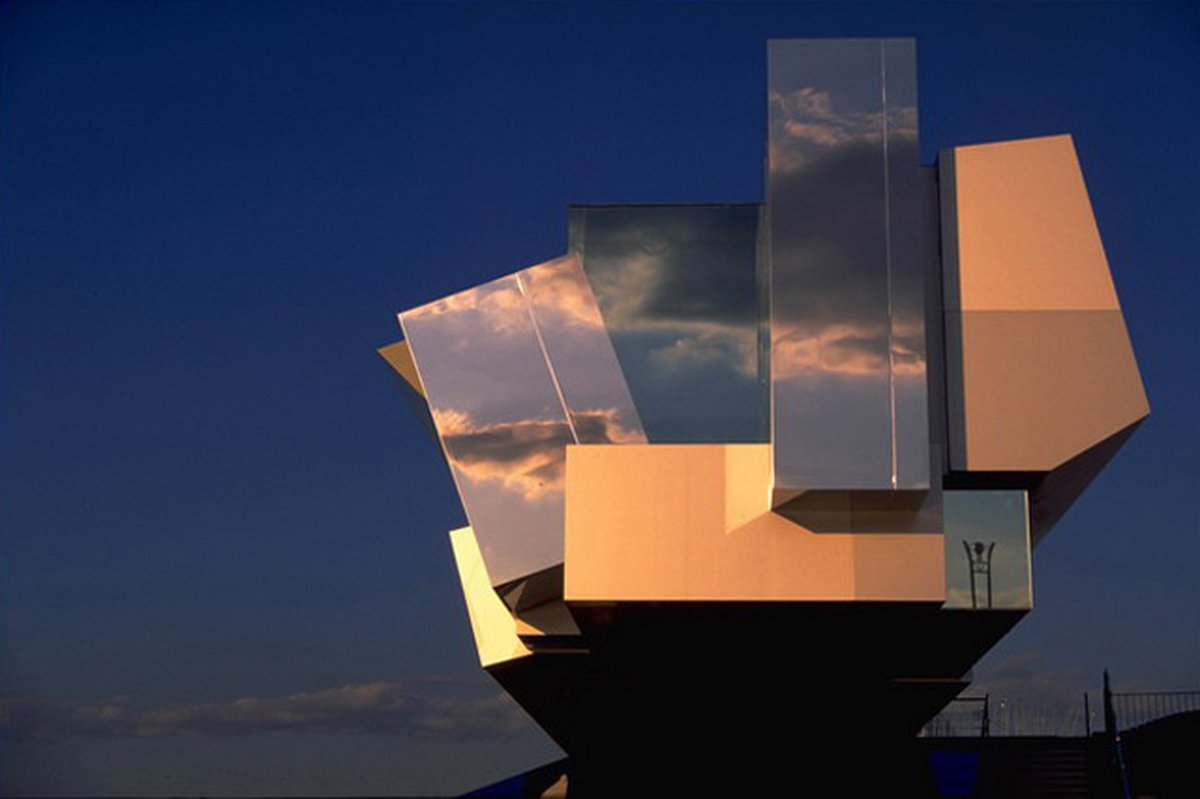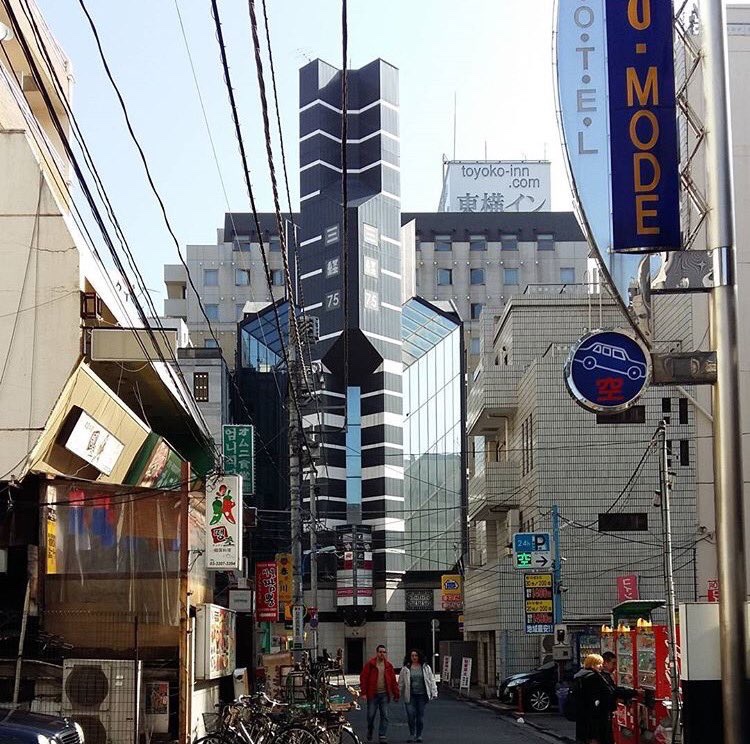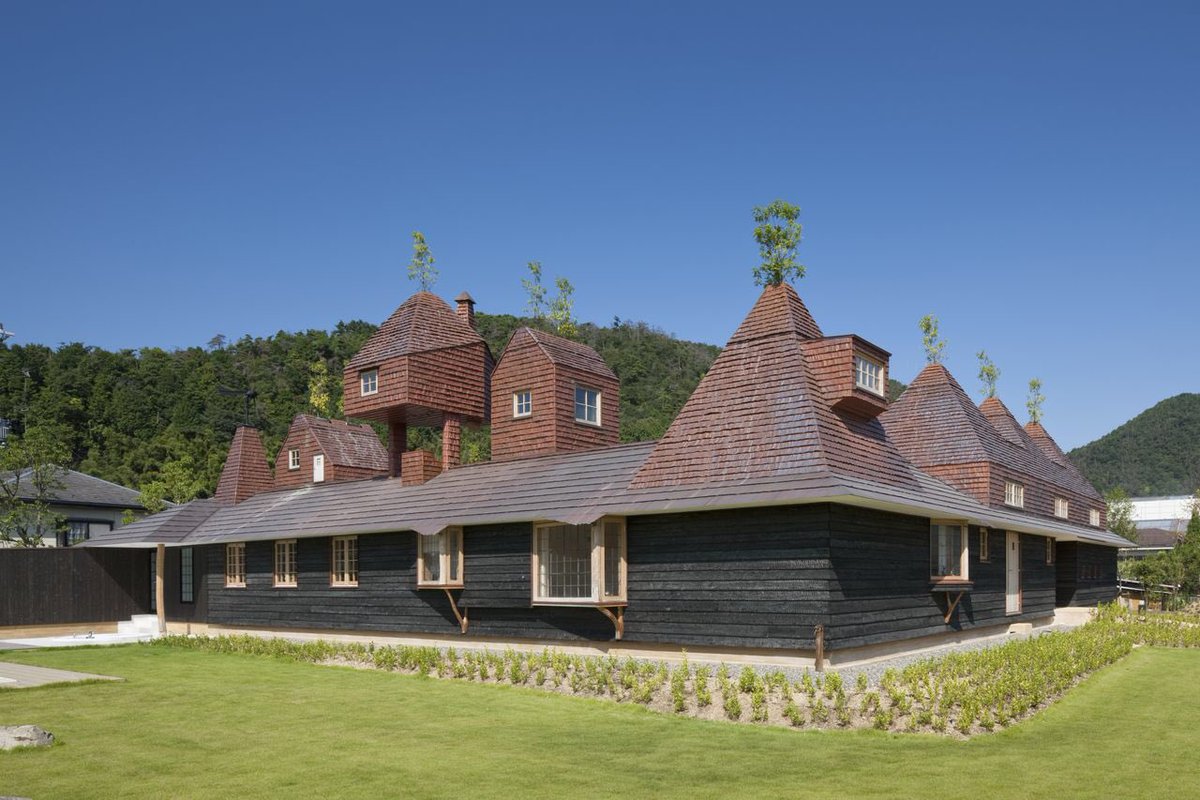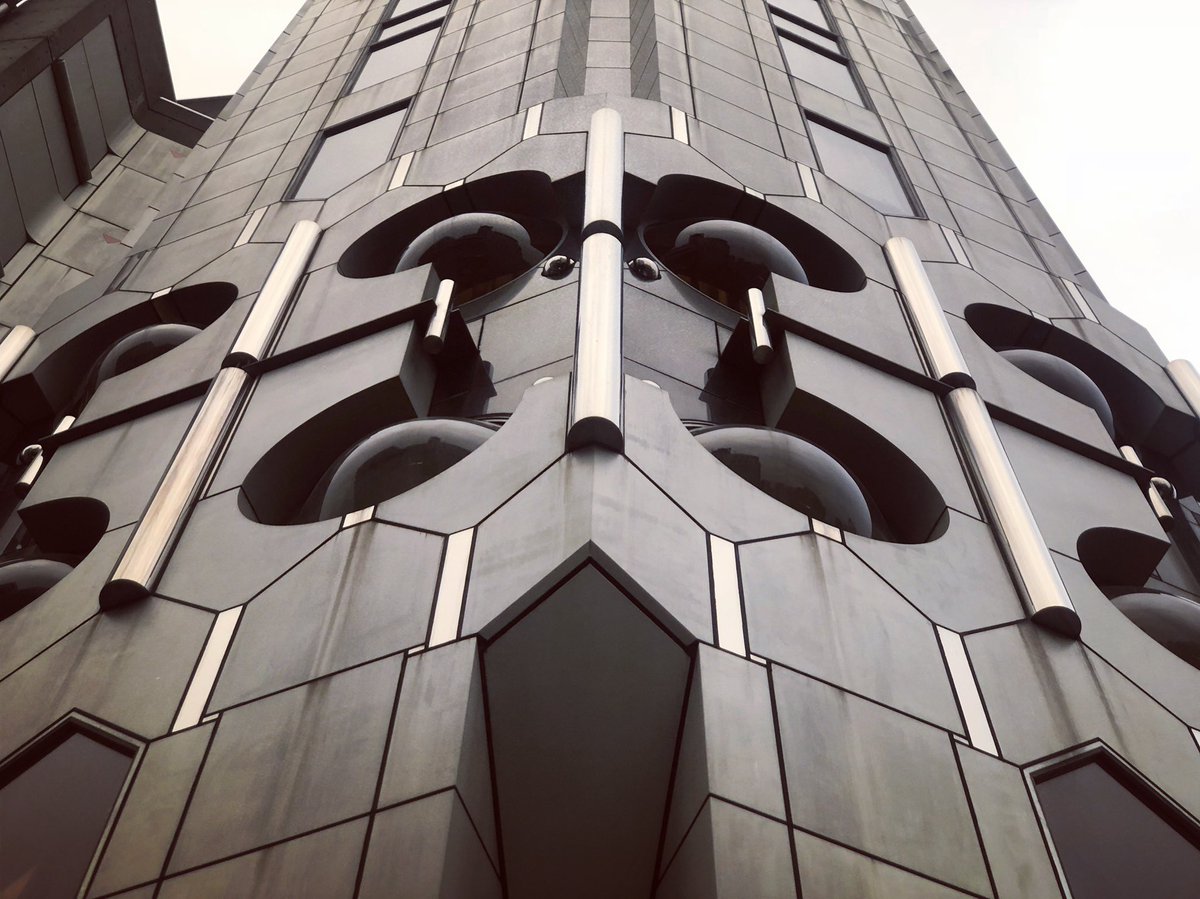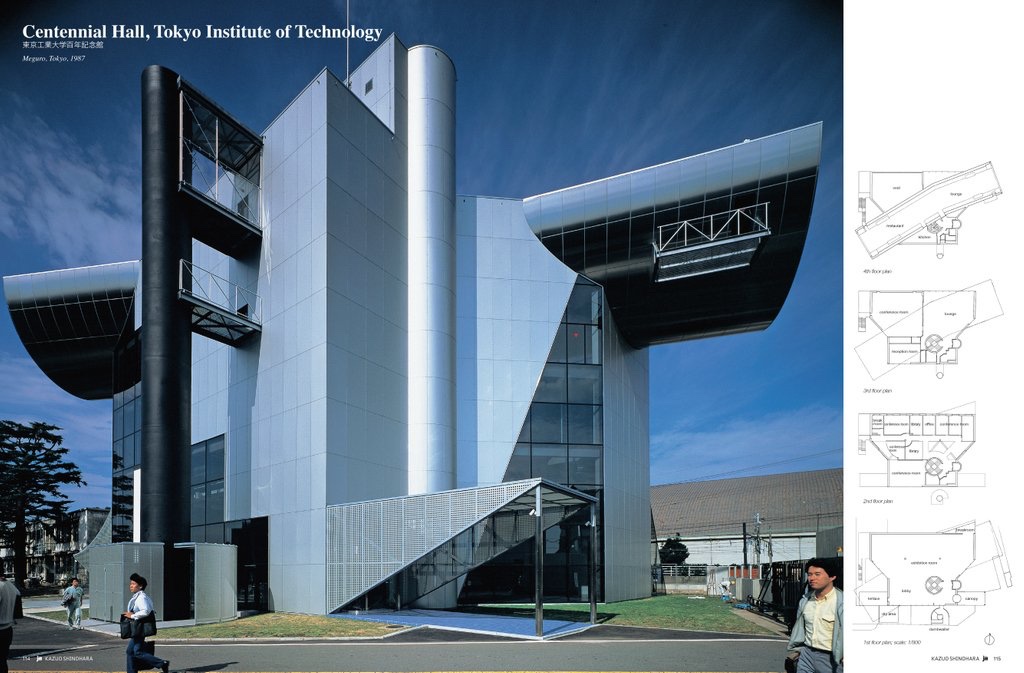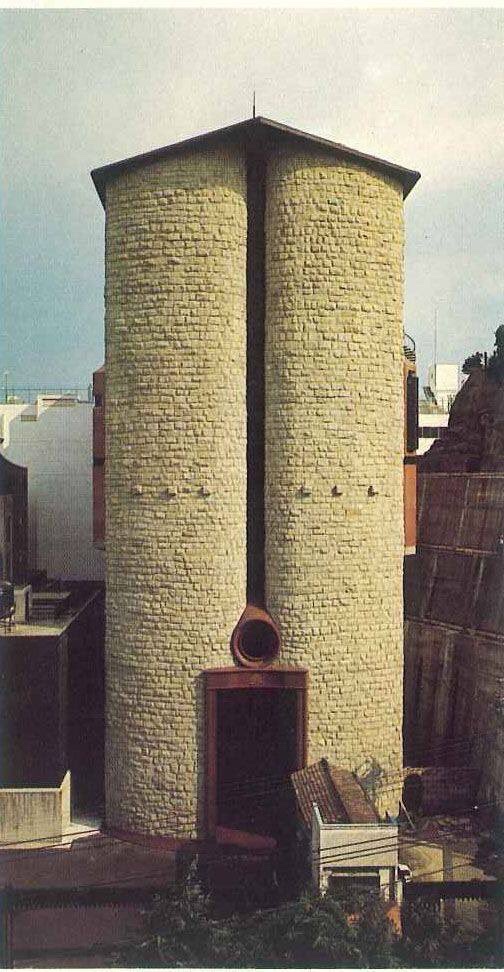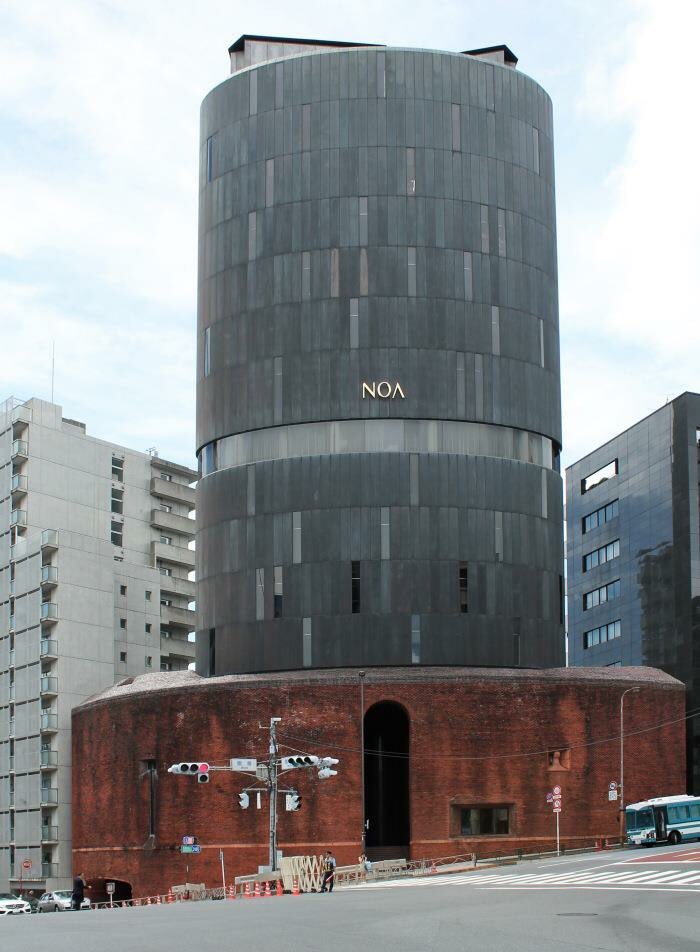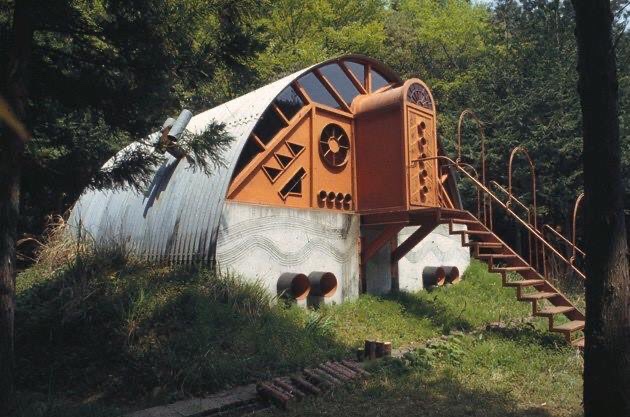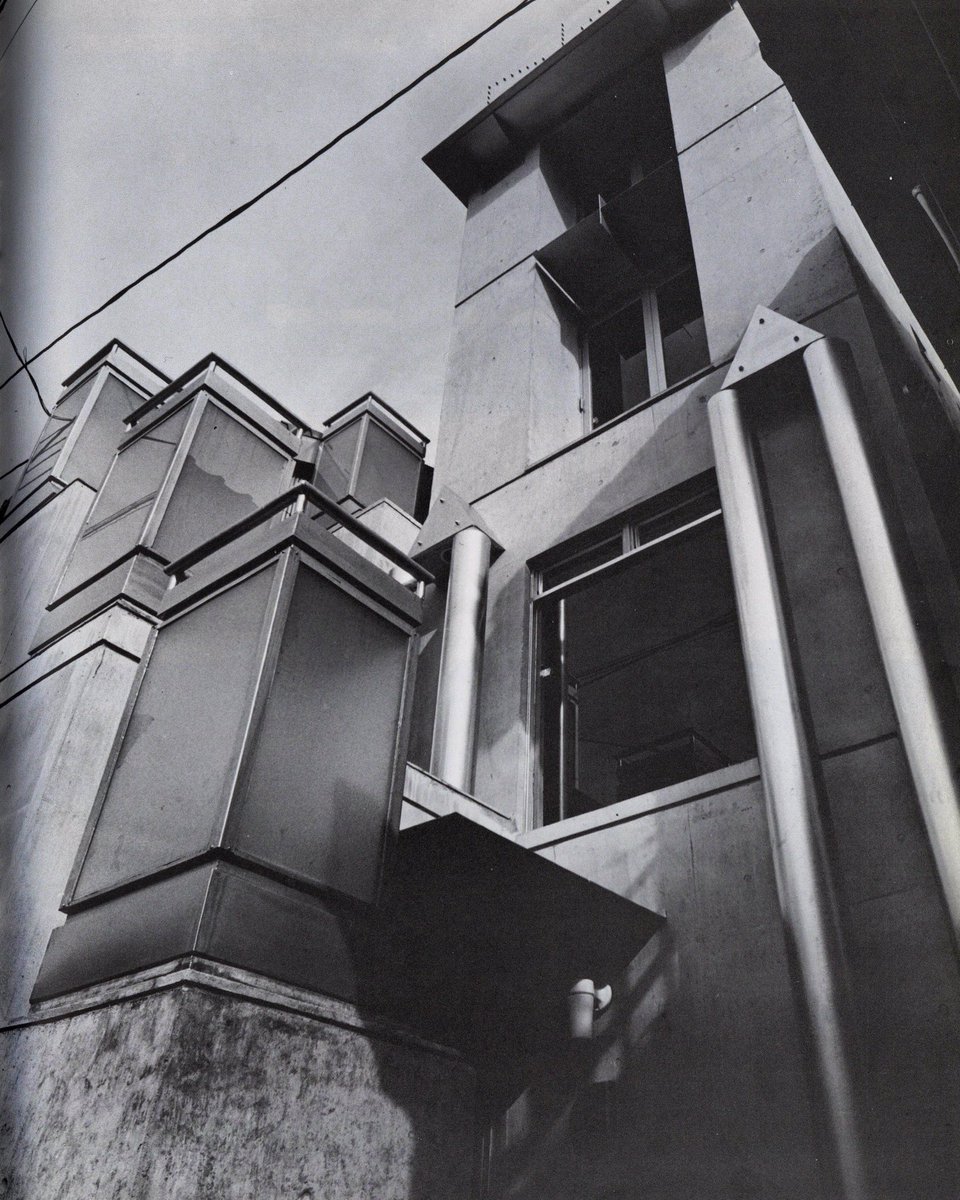THREAD: So, most people associate Japanese design with either cute kitsch or zen-like minimalism, but its much more diverse, & 1 of my particular fav periods was the architecture of its 80-90s boom era; wild, strange & incredibly diverse, & unique in world architectural history
Bunka No Sato, Cultural Centre, Tsushima Island, Nagasaki Prefecture, Japan, Toyokazu Watanabe, 1990
-
Image unknown source
-
Image unknown source
Shin Takamatsu‘s Imanishi Motoakasaka, Tokyo, from 1991. This one is an absolute mind bender in real life...
Shin Takamatsu’s Kirin Plaza in Osaka from 1987 has also been demolished, but lives on in numerous photos of the other-worldly prominence it used to have in the centre of that city
-
Photo from the architect’s site
-
Photo from the architect’s site
Kiko Mozuna‘S Kushiro Castle Hotel in Kushiro. Mozuna built a remarkable oeuvre in and around his hometown, the fishing city of Kushiro in Hokkaido
Probably the greatest monument to this era is also one of its last, and I believe the largest, to be completed, Hiroshi Hara’s incomparably spectacular, and overwhelmingly vast Kyoto station, begun in 1990 & finished in 1997
-
Photo courtesy of Linus Yng
-
Photo courtesy of Linus Yng
And of course there’s Hara’s Umeda Sky Building in Osaka, the hole on the top of which you rise through on two vertiginous escalators, & was imagined as the void left by a departed spaceship...
-
Photo from Wikipedia
-
Photo from Wikipedia
The project was originally intended to consist of four interconnected towers rather than two, and was to be called Umeda Sky City, rather than Umeda Sky Building. The implosion of the bubble put paid to that sadly...
The Airake Sports Center, Sewage treatment, Restaurants, & offices, in Tokyo, designed by Tokyo Metropolitan Government Bureau of Waterworks with GKK Architects & Engineers & completed in 1996
The sublime, perfectly terrifying, Akira-like awesomeness that is the Tokyo Metropolitan Government complex by Kenzo Tange... this is Building No.1 (whose overall silhouette recalls the westwork of Notre Dame), completed in 1990.
-
This exquisite photo is by Fabrizio Raschetti
-
This exquisite photo is by Fabrizio Raschetti
Takefumi Aida built a series of houses inspired by children’s building blocks, but with none of the candy playfulness of Memphis or Graves, instead a sombre sadness inflects all his designs. This is Toy Block House IV, from 1982
This is the typically highly articulated chiaroscuro interior of Takamatsu’s tiny Pharaoh Dental Clinic in Kyoto, whose exterior is posted further up this thread.
-
Photo from the architect’s site
-
Photo from the architect’s site
Masaharu Takasaki‘s celestial insect, the Kihoku Observatory in Kagoshima Prefecture, Kanoya City, Kihoku Town, 1995
-
Photo by Jacome on Flickr, source: https://www.flickr.com/photos/jacomejp/8921433258">https://www.flickr.com/photos/ja...
-
Photo by Jacome on Flickr, source: https://www.flickr.com/photos/jacomejp/8921433258">https://www.flickr.com/photos/ja...
Here are another couple of good images of Takasaki’s Observatory, taken from this good post: http://hiddenarchitecture.net/kihoku-astronomical-museu/">https://hiddenarchitecture.net/kihoku-as...
Kiko Mozuna‘S Gifu CUT building, in Gifu-city, from 1987
-
Image from http://tkcycling.tumblr.com"> http://tkcycling.tumblr.com
-
Image from http://tkcycling.tumblr.com"> http://tkcycling.tumblr.com
The brilliantly sinister, end-of-days M2 building by Kengo Kuma in Tokyo from 1991 (I still think his best Building). It was originally a car showroom but is now, more aptly, a funeral home
-
Photo from the architect’s site
-
Photo from the architect’s site
Lala Gotemba, Gotemba, Shizuoka, Hiroyuki Wakabayashi, 1993
Images from : http://minkara.carview.co.jp/smart/userid/511048/car/445995/3877600/photo.aspx">https://minkara.carview.co.jp/smart/use...
Images from : http://minkara.carview.co.jp/smart/userid/511048/car/445995/3877600/photo.aspx">https://minkara.carview.co.jp/smart/use...
Shin Takamatsu& #39;s Origin 3, Kyoto, 1986
Shin Takamatsu& #39;s Origin 3, Kyoto, 1981. That’s my brother in the photo
Look at the tiny people for a sense of scale... the floating megastructure of the Edo-Tokyu Museum, Tokyo, by Kiyonori Kikutake, 1993
Heres me underneath it  https://abs.twimg.com/emoji/v2/... draggable="false" alt="😊" title="Lächelndes Gesicht mit lächelnden Augen" aria-label="Emoji: Lächelndes Gesicht mit lächelnden Augen">
https://abs.twimg.com/emoji/v2/... draggable="false" alt="😊" title="Lächelndes Gesicht mit lächelnden Augen" aria-label="Emoji: Lächelndes Gesicht mit lächelnden Augen">
Pavilion in the Site of Reversible Destiny, Yoro Park in Gifu, 1995, Shusaku Arakawa and Madeline Gins
-
Image unknown source
-
Image unknown source
Fishermen& #39;s Wharf, Kushiro, Hokkaido, Kiko Mozuna
An odd one im throwing in, progenitor of many diverse architectures: Kazuo Shinohara’s phenomenal, and incredibly fresh-feeling House in Uehara, Tokyo, from 1976, 42 years old now but as intriguing and relevant as ever.
Kansai Airport Express Train, Osaka, Hiroyuki Wakabayashi, 1995 (so much better than the actual airport)
Unagidani Children Museum, Osaka, Hiroyuki Wakabayashi, 1989
-
Images source http://uratti.web.fc2.com/architecture/wakabayashi/childrenmu.htm">https://uratti.web.fc2.com/architect... http://www.geocities.jp/maharajastory/57ohenro5.html">https://www.geocities.jp/maharajas...
-
Images source http://uratti.web.fc2.com/architecture/wakabayashi/childrenmu.htm">https://uratti.web.fc2.com/architect... http://www.geocities.jp/maharajastory/57ohenro5.html">https://www.geocities.jp/maharajas...
Maruto Building No.15, Higashiyama-ku, Kyoto, Hiroyuki Wakabayashi, 1990
-
Image from http://ikazamay.wordpress.com"> http://ikazamay.wordpress.com
-
Image from http://ikazamay.wordpress.com"> http://ikazamay.wordpress.com
Here an article I wrote on the subject in Icon Magazine, though obviously I would like to write a book on it... link: http://text-bin.blogspot.com/2017/04/architecture-of-japanese-bubble.html?m=1">https://text-bin.blogspot.com/2017/04/a...
Another angle of Kenzo Tange’s astounding magnum opus, the exquisitely fine and incomparably vast Tokyo Metropolitan Government Complex, Building no1, 1988-91
Ooh I should’ve done this earlier, this is a book i wrote on Postmodernism around the world & its historical legacy, it’s authoritative & has lots of great images too... get a copy https://www.amazon.co.uk/dp/185946632X/ref=cm_sw_r_cp_api_i_d8uEDb4PS6K9A">https://www.amazon.co.uk/dp/185946...
However I’d like to do a book on Japanese Bubble Architecture... any publishers interested just shoot me an email
Even construction sites in Japan can be incredible objecrs of aesthetic delight... Mobile construction gantry for an overhead high speed railway line, Yokohama, Japan
-
Image unknown source
-
Image unknown source
Some more models & drawings of Hiroshi Hara’s highrise masterpiece, the Umeda Sky Building in Osaka, 1988-93, last image with my reflection in it  https://abs.twimg.com/emoji/v2/... draggable="false" alt="🤗" title="Umarmendes Gesicht" aria-label="Emoji: Umarmendes Gesicht">
https://abs.twimg.com/emoji/v2/... draggable="false" alt="🤗" title="Umarmendes Gesicht" aria-label="Emoji: Umarmendes Gesicht">
Sumitomo Pavilion Illusion Cube, Tsukuba Expo& #39;85, Japan by Shigeo Fukuda
Tarō Okamoto& #39;s Tower of the Sun, Osaka Expo 1970
Hotel Kawahisa, Nanki Shirahama Hot Spring, Nagata Yūzō, 1989
http://nagatakk.com/%e4%bd%9c%e5%93%81%e4%b8%80%e8%a6%a7/%e3%83%9b%e3%83%86%e3%83%ab%e5%b7%9d%e4%b9%85/">https://nagatakk.com/%e4%bd%9c...
http://nagatakk.com/%e4%bd%9c%e5%93%81%e4%b8%80%e8%a6%a7/%e3%83%9b%e3%83%86%e3%83%ab%e5%b7%9d%e4%b9%85/">https://nagatakk.com/%e4%bd%9c...
Tamana City Observatory Museum, Takasaki Masaharu, 1992 http://takasaki-architects.co.jp/tamana.html ">https://takasaki-architects.co.jp/tamana.ht...
A late addition which is nonethless as fabulously expressive as his earlier buildings, from 2000, is Iidabashi Station in Tokyo by Makoto Sei Watanabe (architect of the first building in this thread)
Image source https://tokyobling.wordpress.com/2012/01/08/bioarchitecture-subway-station-in-iidabashi/">https://tokyobling.wordpress.com/2012/01/0...
Image source https://tokyobling.wordpress.com/2012/01/08/bioarchitecture-subway-station-in-iidabashi/">https://tokyobling.wordpress.com/2012/01/0...
This is Watanabe’s superdynamic K Museum in Tokyo from 1996
https://makoto-architect.com/K_museum.html ">https://makoto-architect.com/K_museum....
https://makoto-architect.com/K_museum.html ">https://makoto-architect.com/K_museum....
Ichiban-Kan, Tokyo, Minoru Takeyama, 1969 (!) He was very much a precursor of all the bubble architecture I’ve been sharing...
Photo by ag.sklm on igram
Photo by ag.sklm on igram
I don’t know who designed it, but I’ve always found Hibiya park’s ancient-hypermodern bandstand pavilion in Tokyo’s mix-up of architectural elements to be totally fascinating.
Some of these architects continue to produce amazing work in this spirit to this day, including Terunobu Fujimori... here is his Roof House in Shiga Prefecture, 2009

 Read on Twitter
Read on Twitter

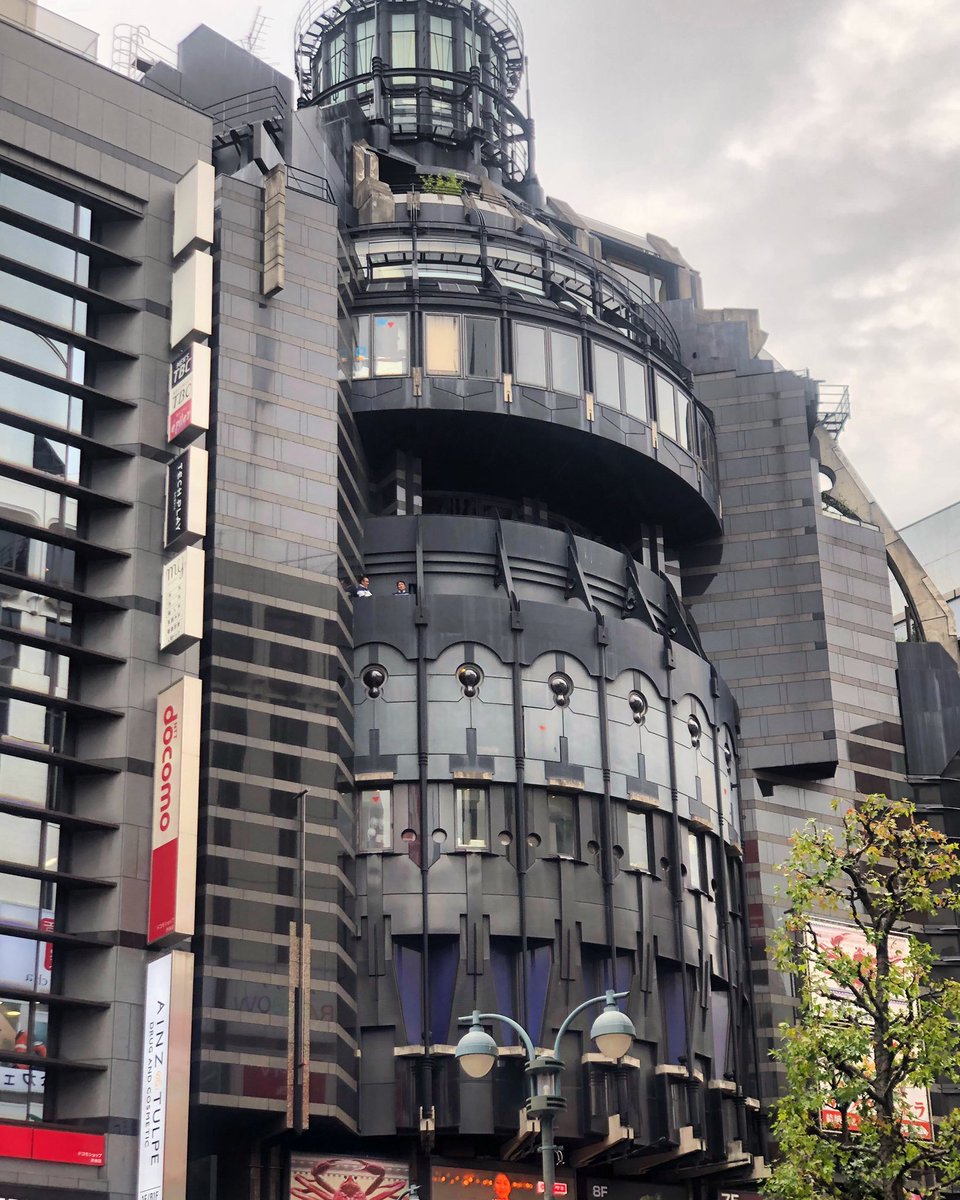

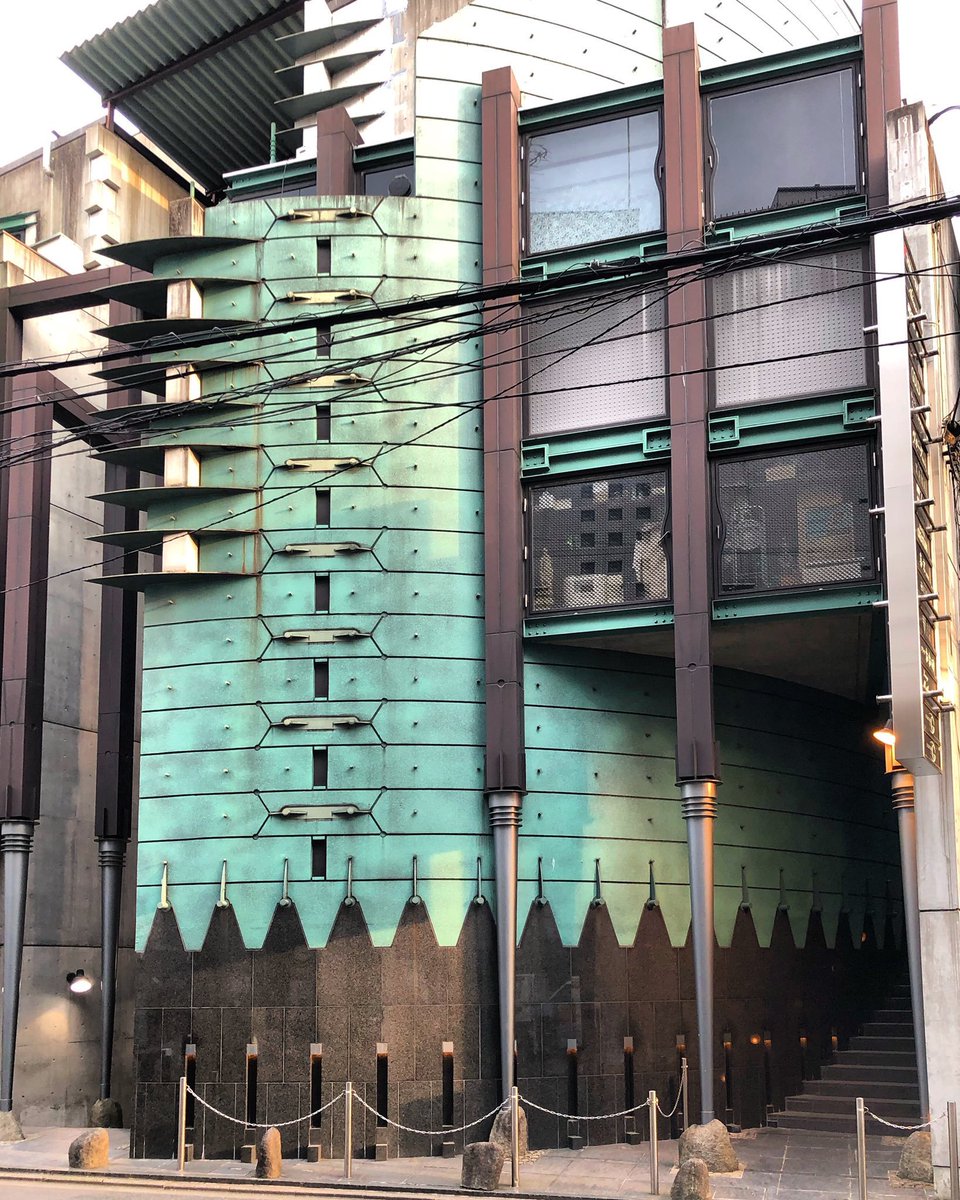
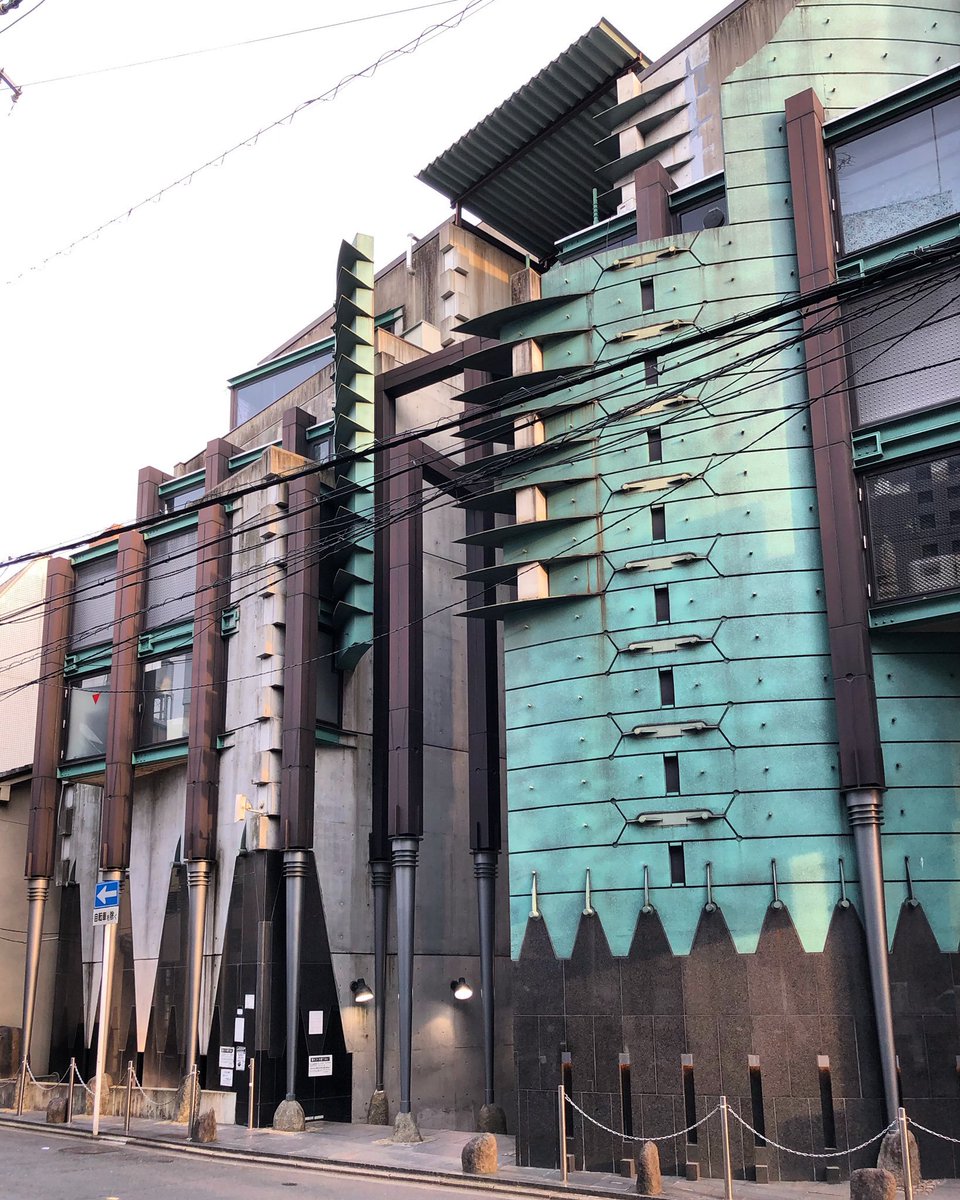


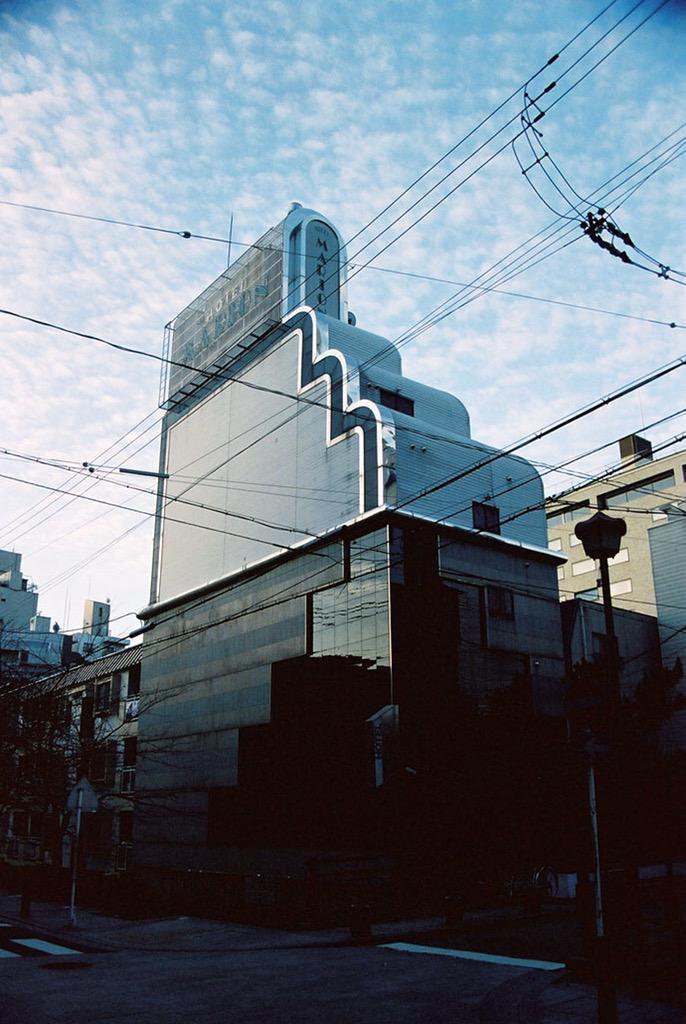






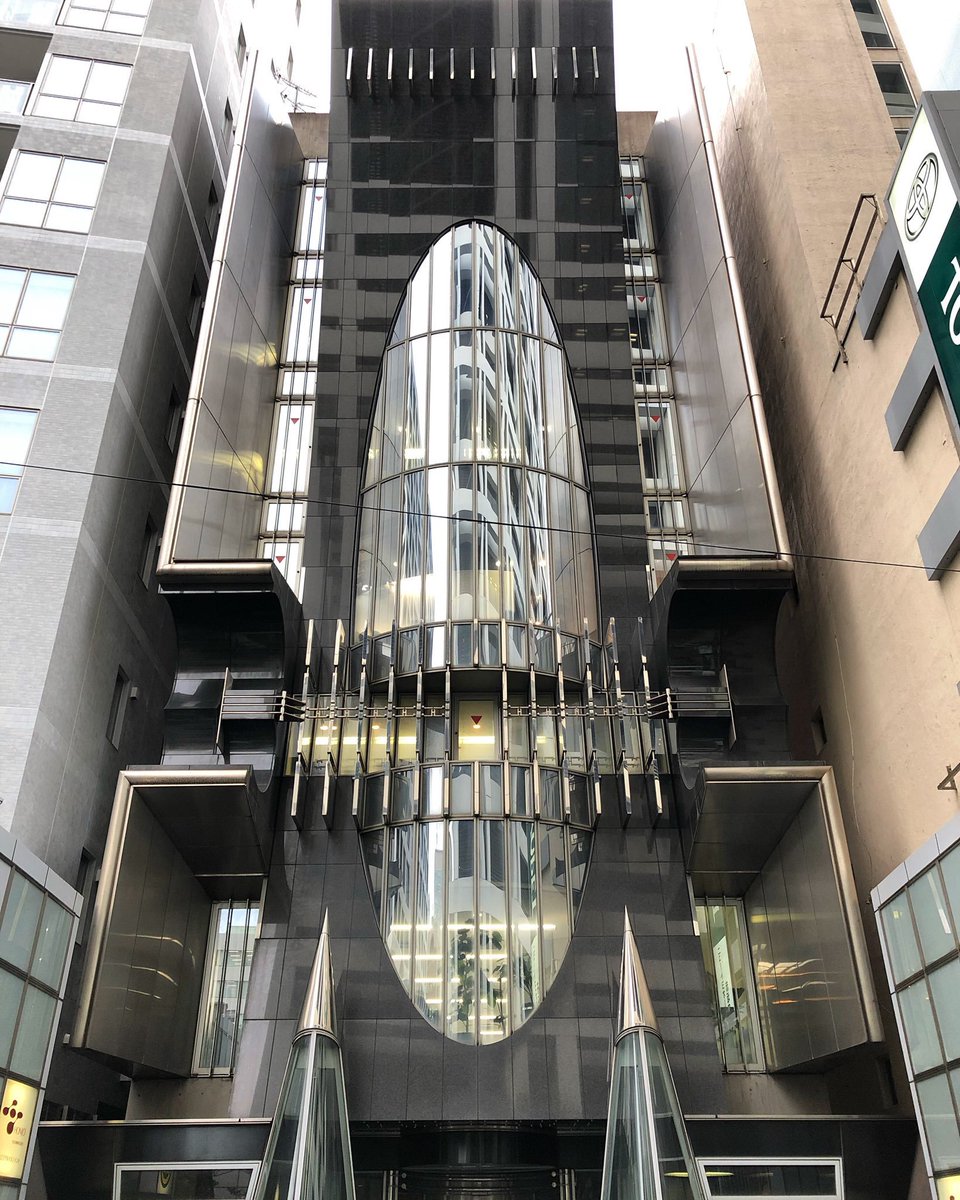

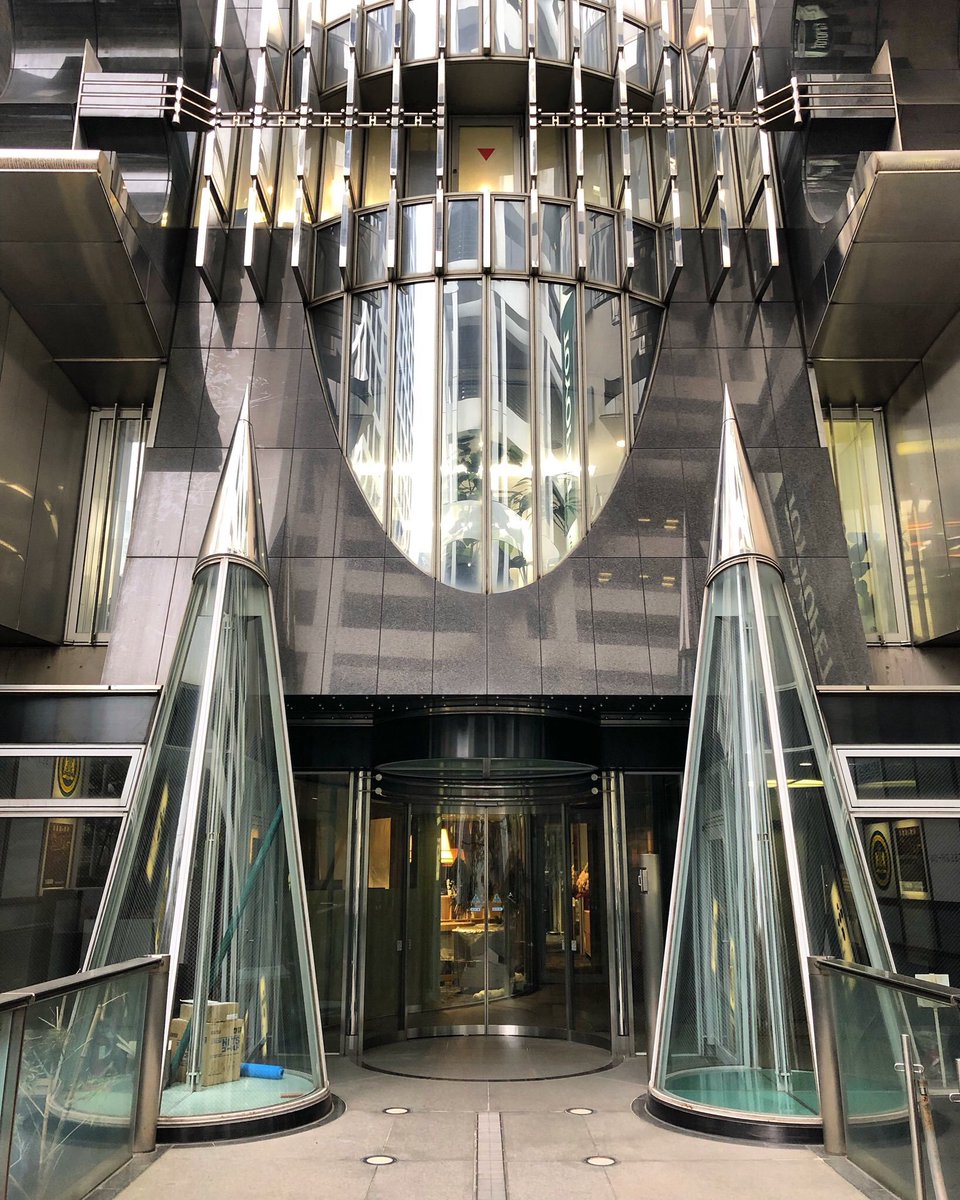

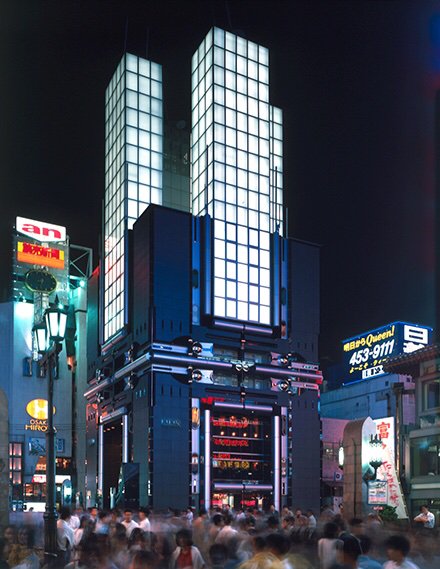
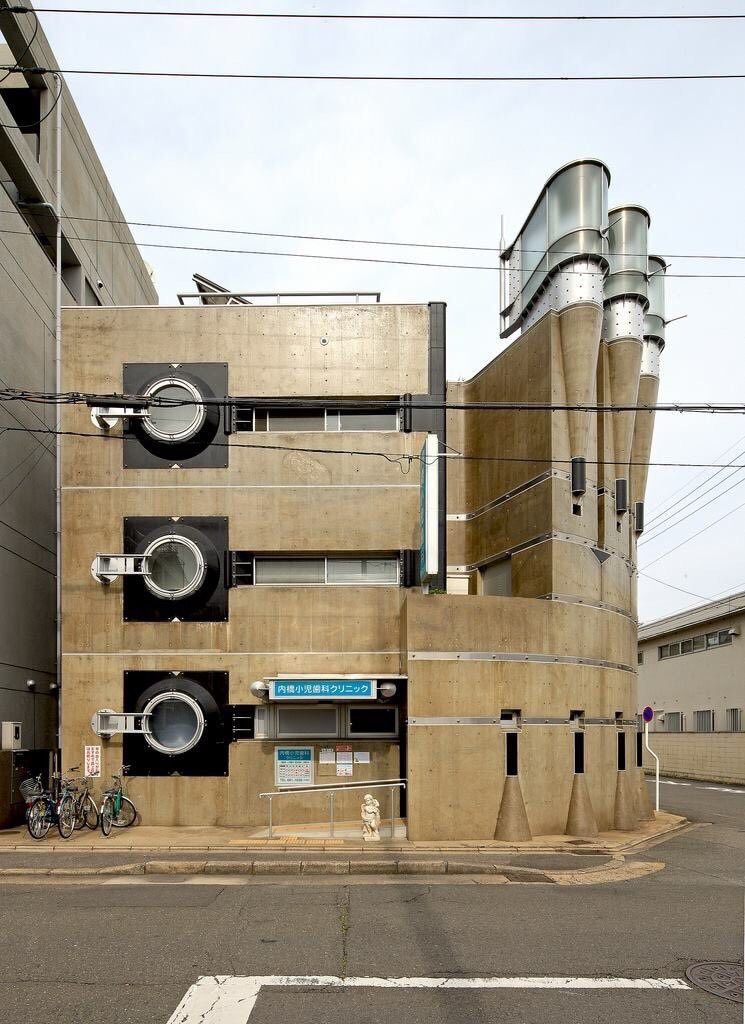


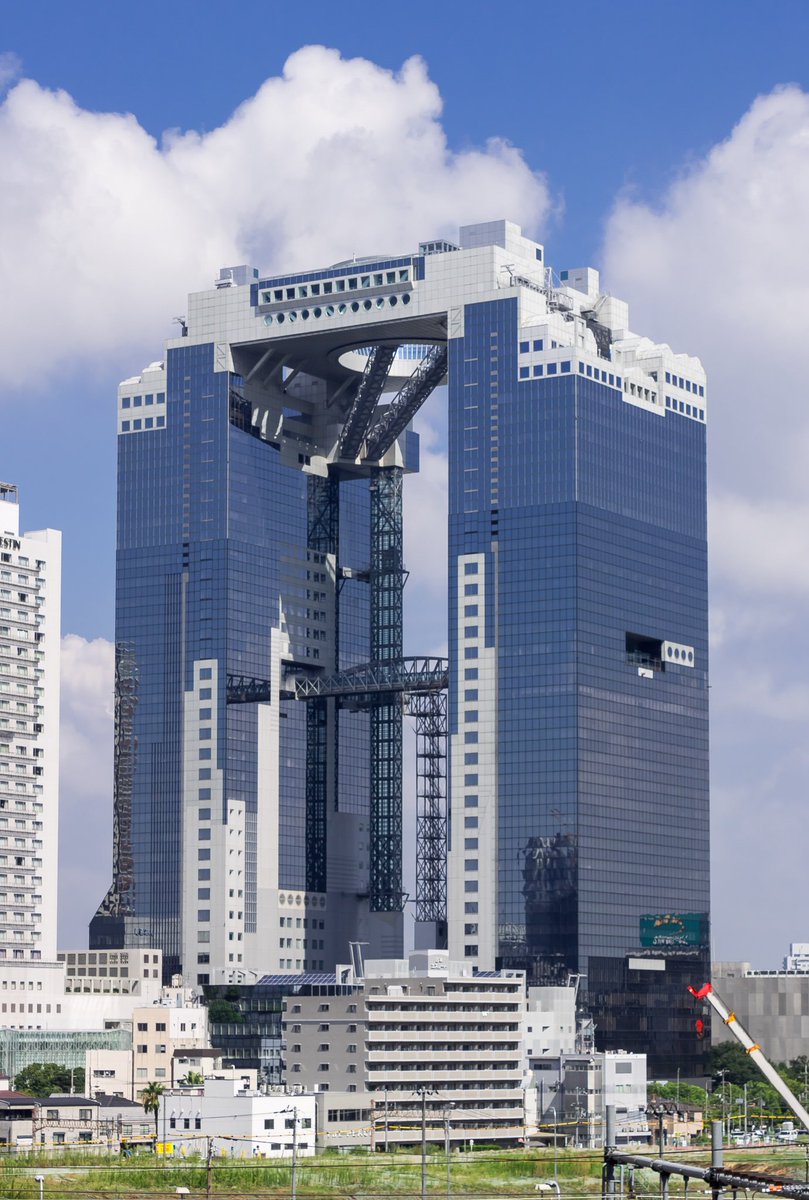
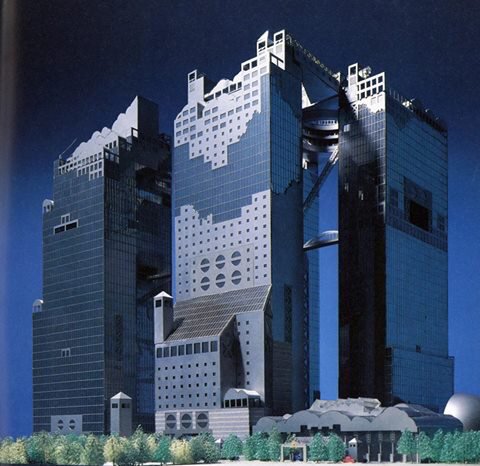
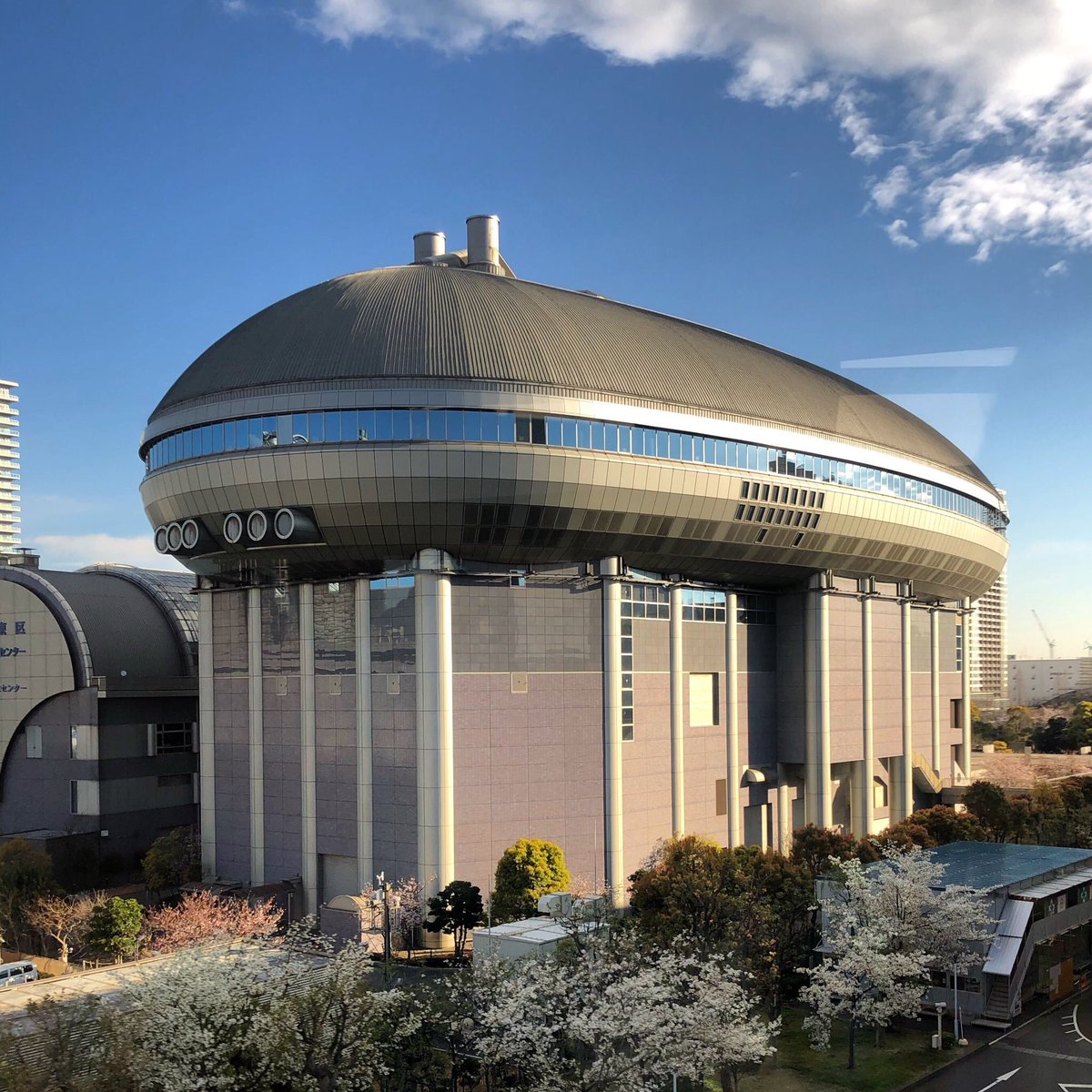
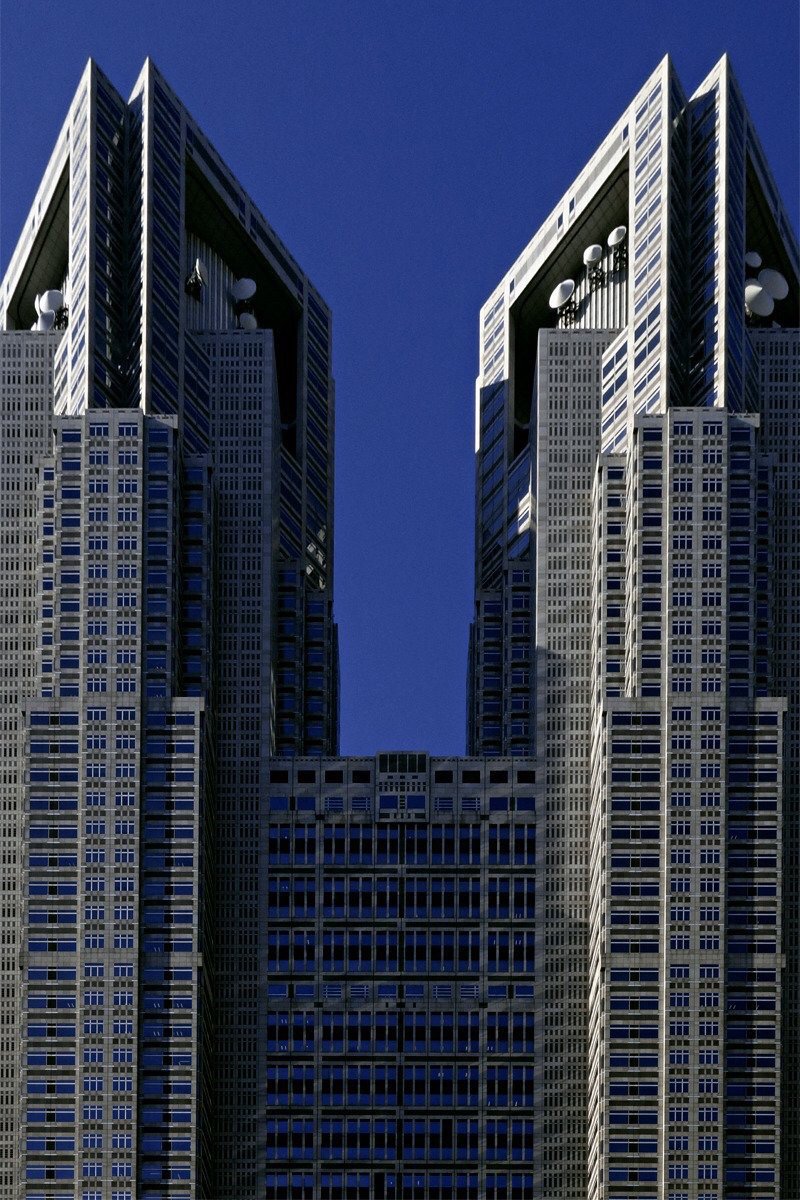
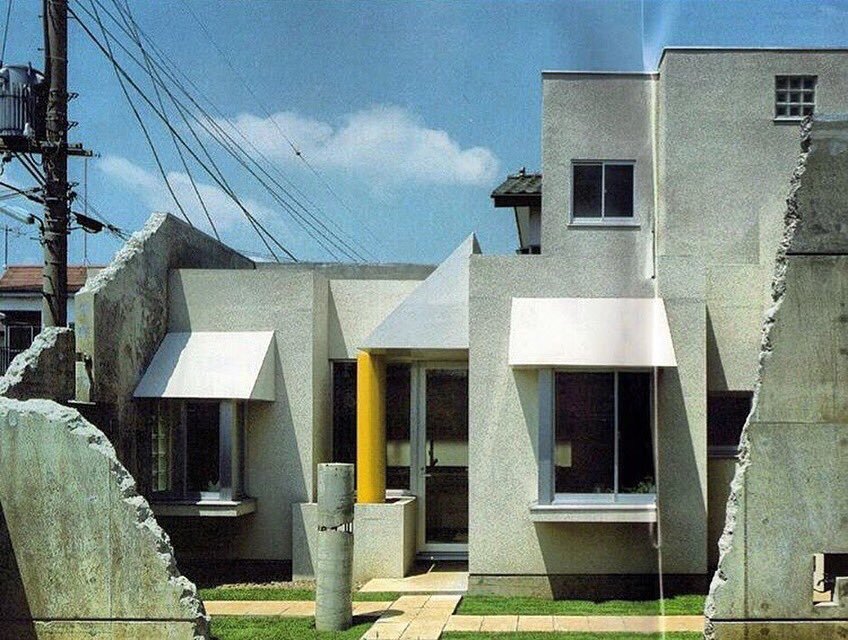
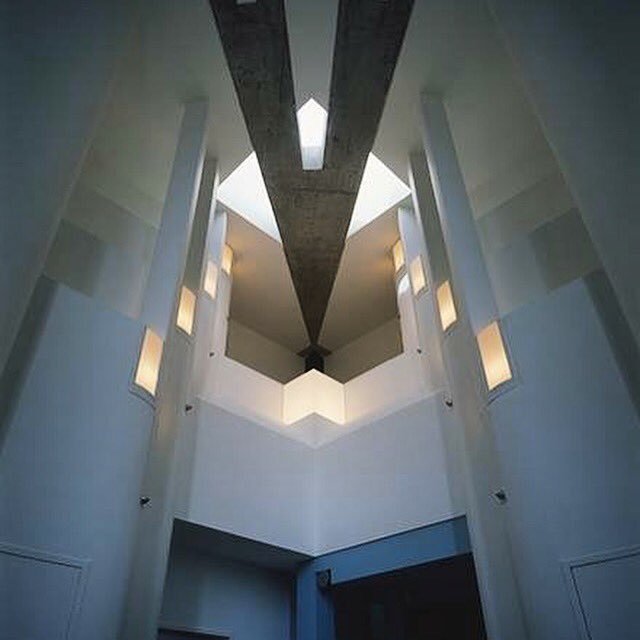
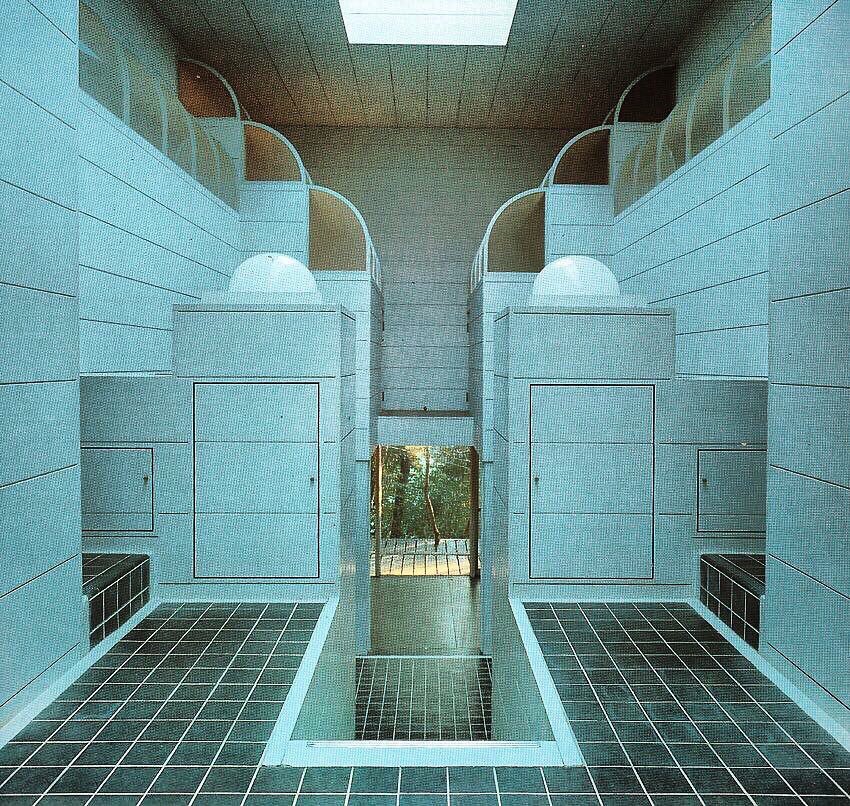
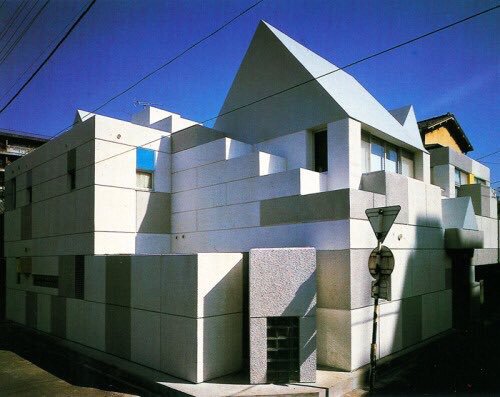

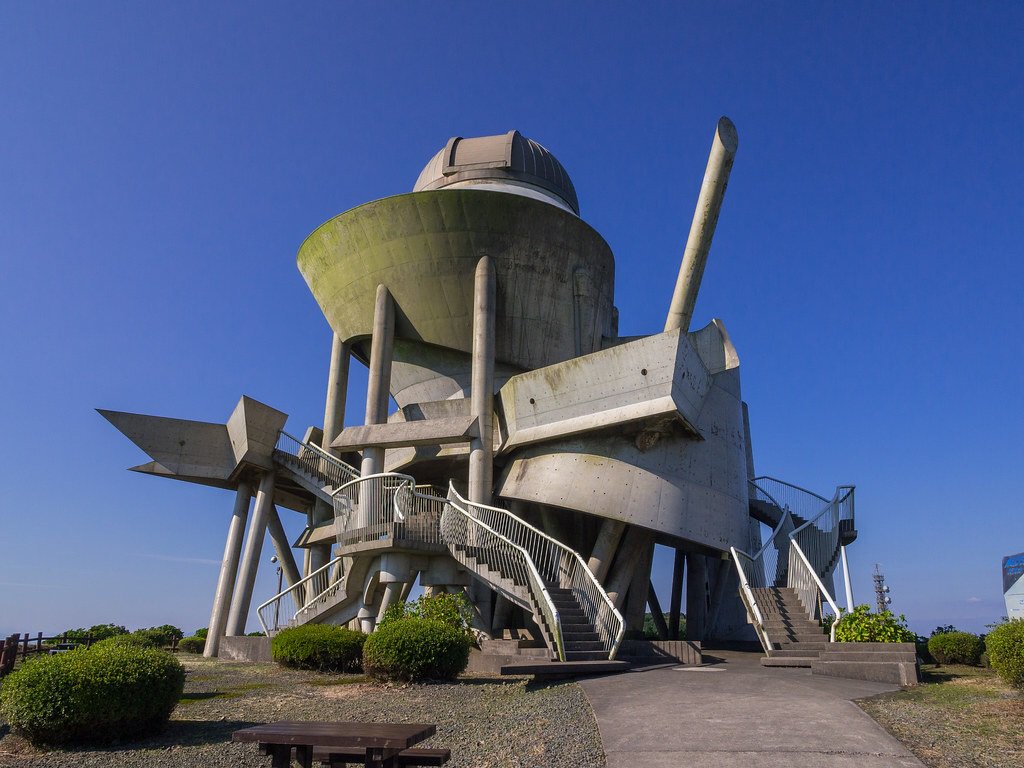
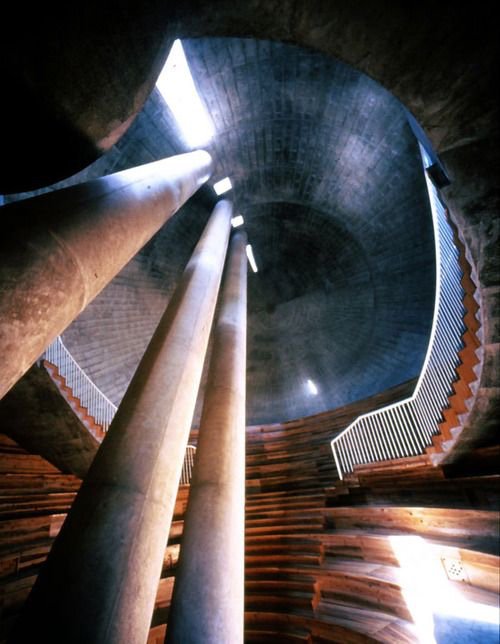
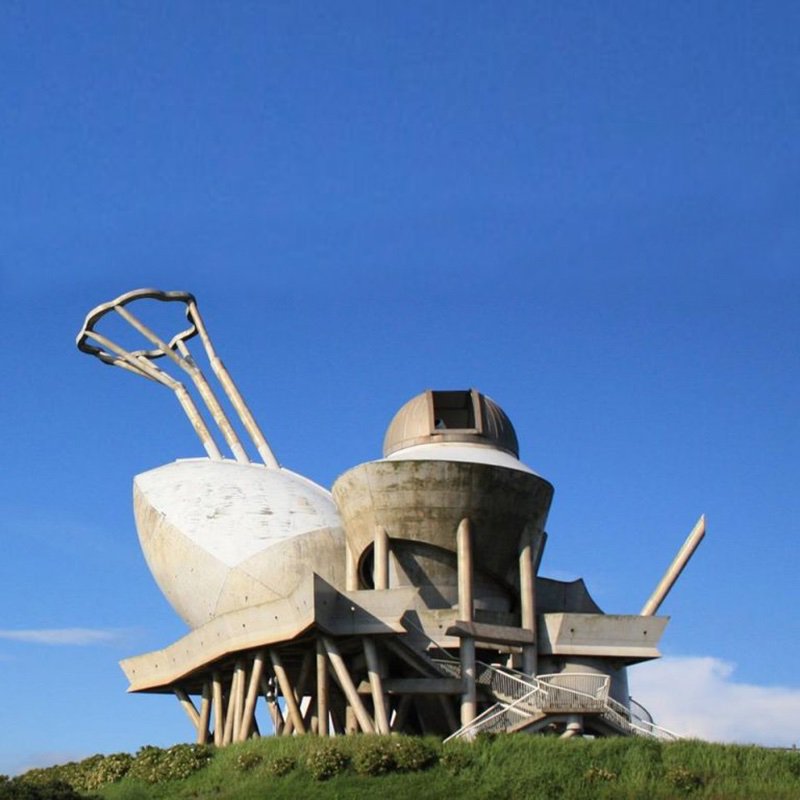

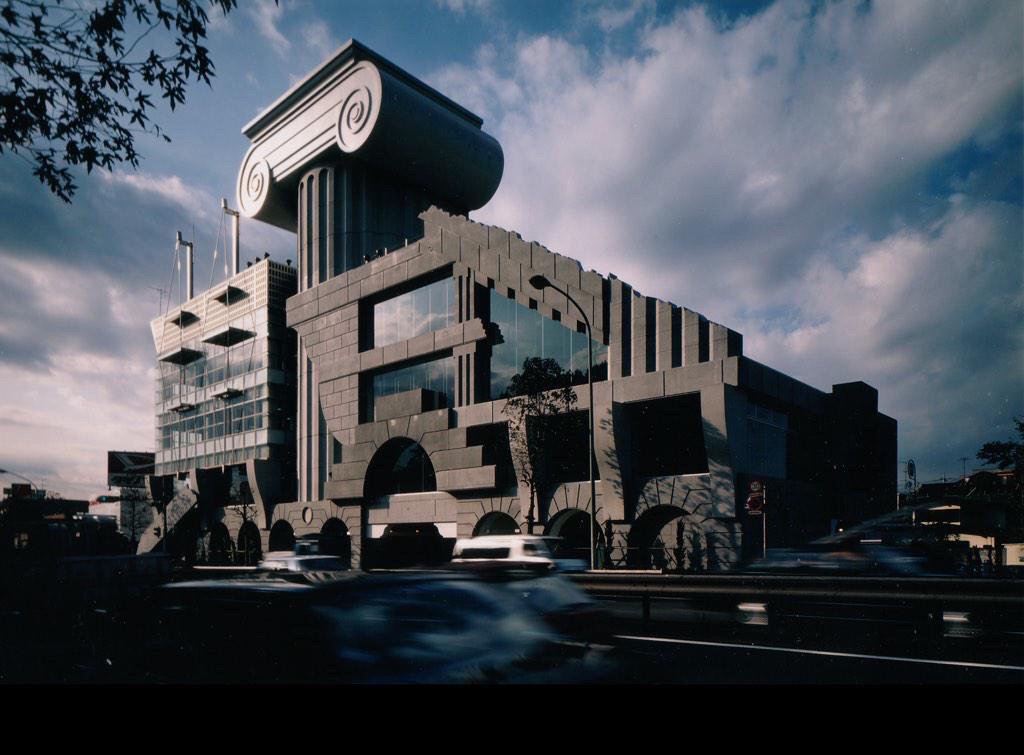
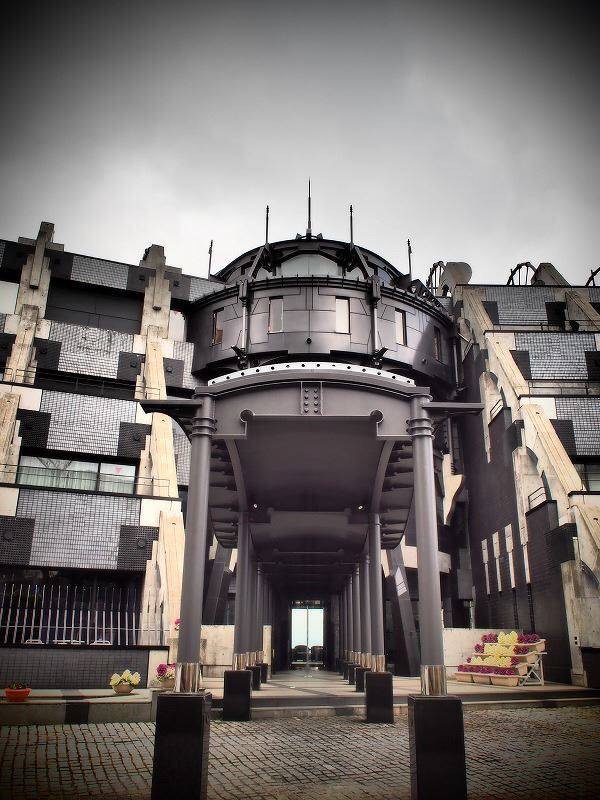
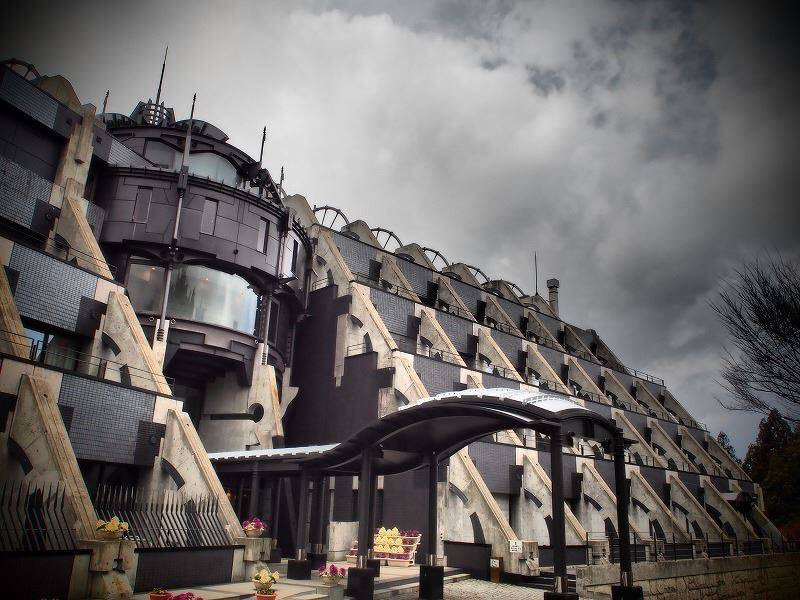


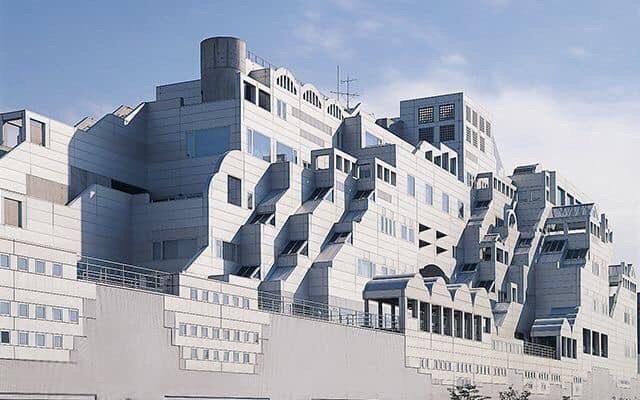




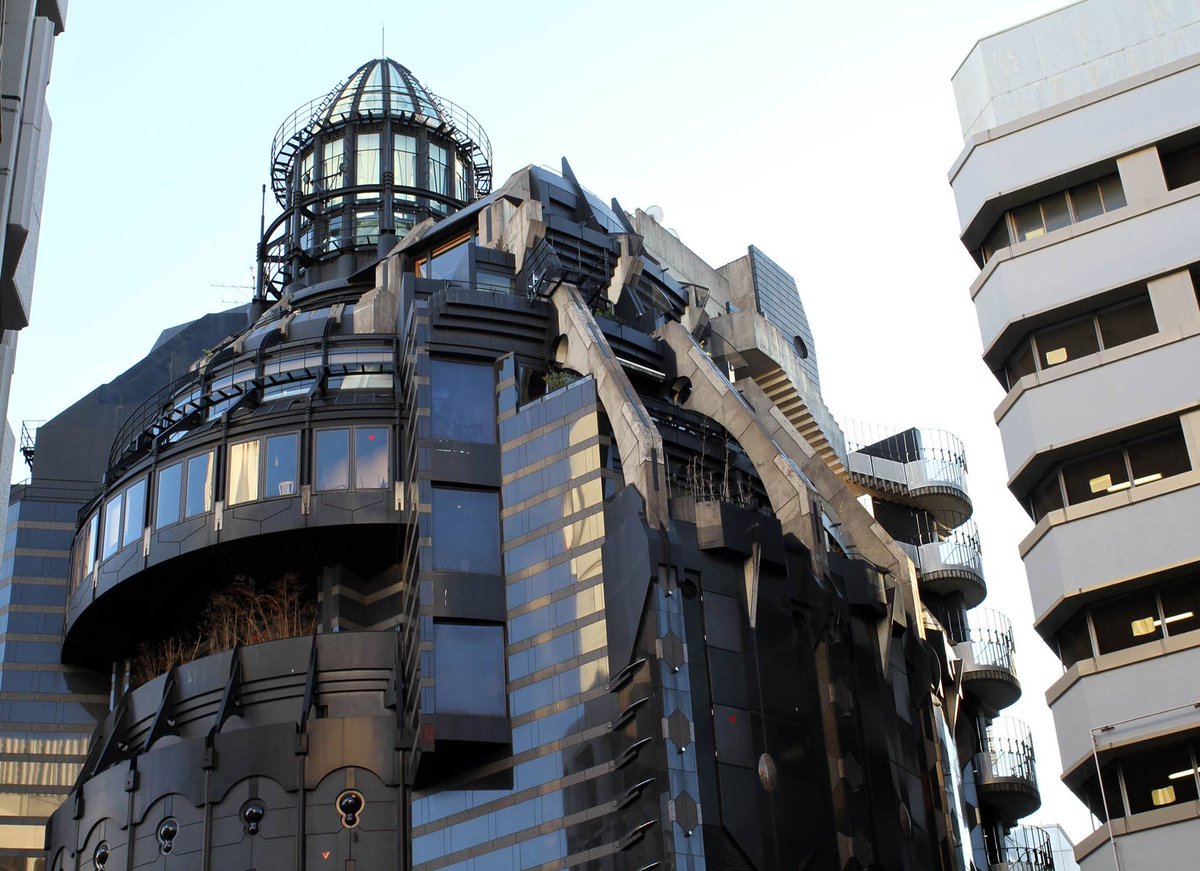


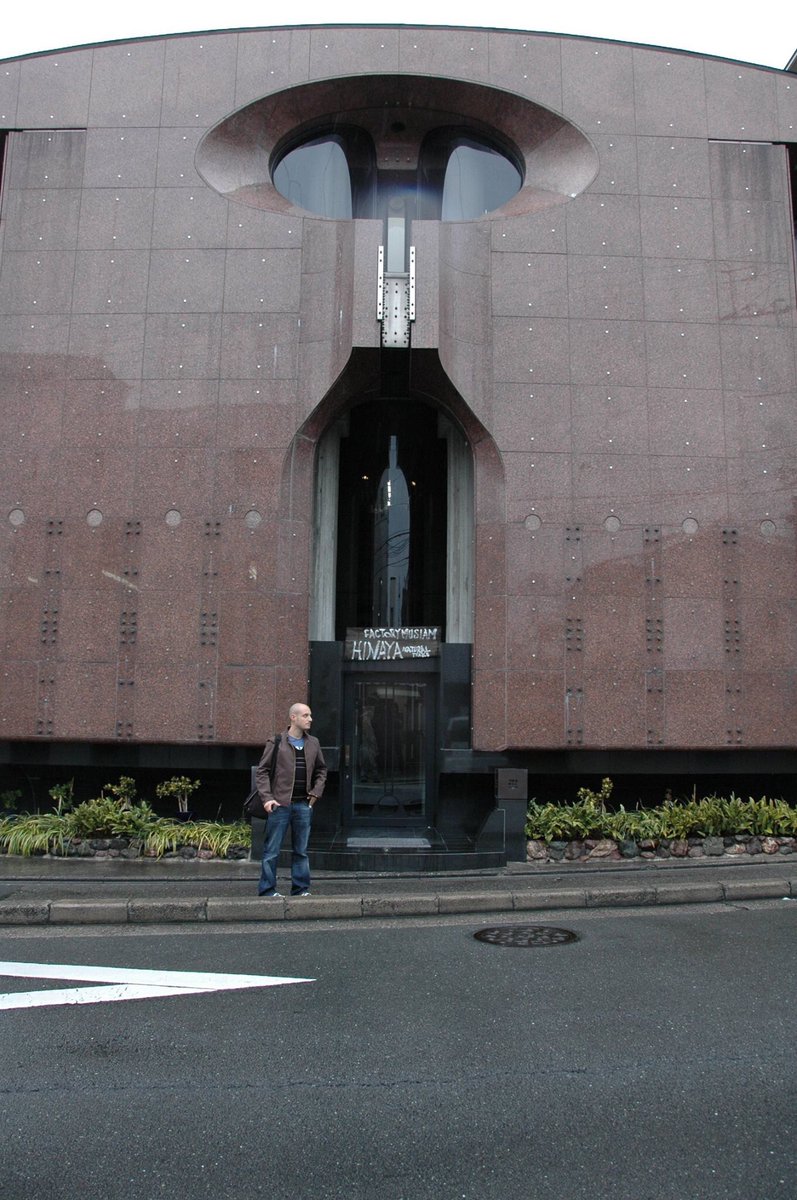

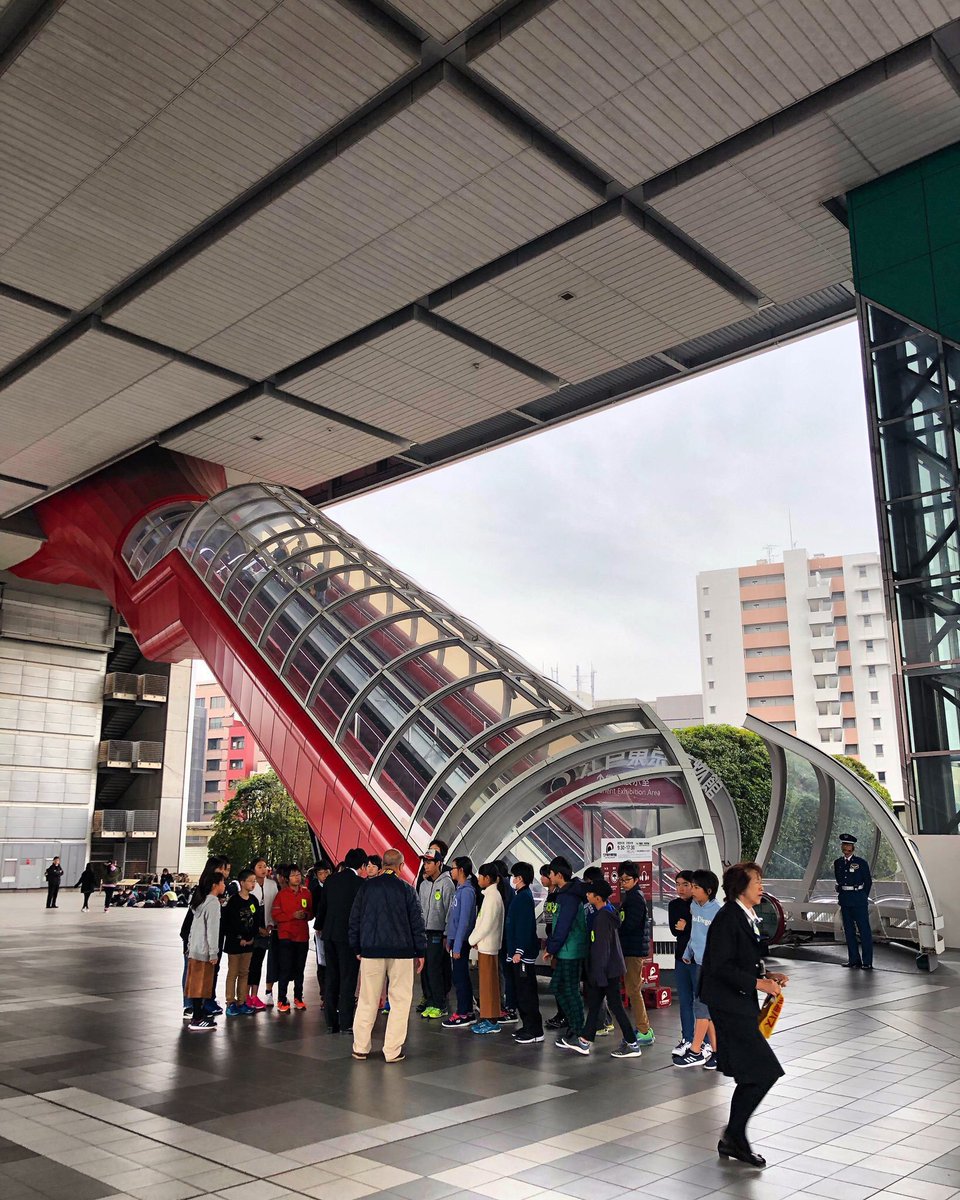

 " title="Heres me underneath it https://abs.twimg.com/emoji/v2/... draggable="false" alt="😊" title="Lächelndes Gesicht mit lächelnden Augen" aria-label="Emoji: Lächelndes Gesicht mit lächelnden Augen">" class="img-responsive" style="max-width:100%;"/>
" title="Heres me underneath it https://abs.twimg.com/emoji/v2/... draggable="false" alt="😊" title="Lächelndes Gesicht mit lächelnden Augen" aria-label="Emoji: Lächelndes Gesicht mit lächelnden Augen">" class="img-responsive" style="max-width:100%;"/>


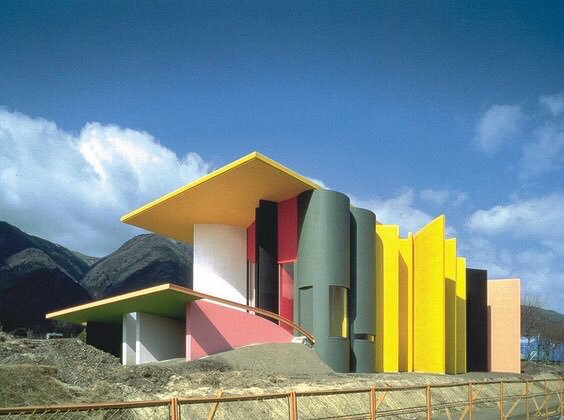

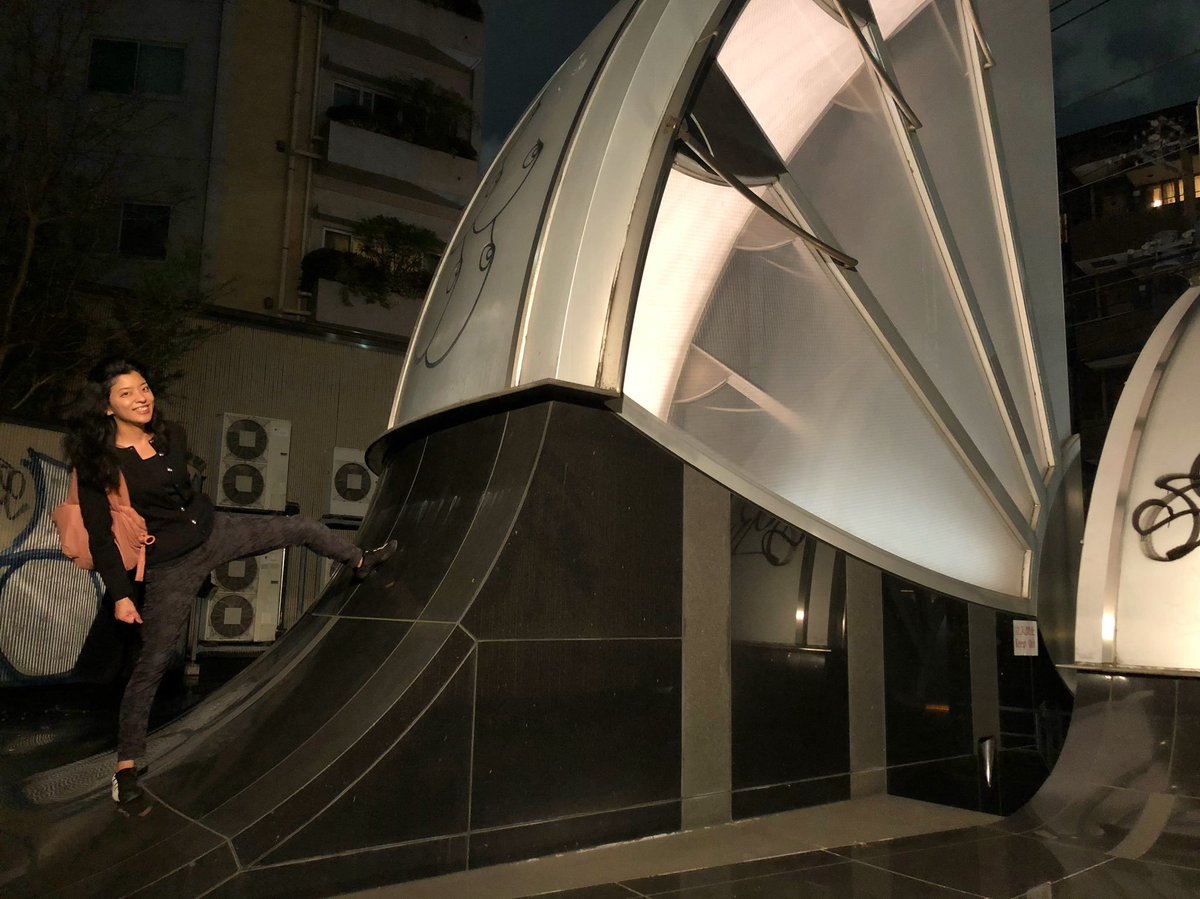
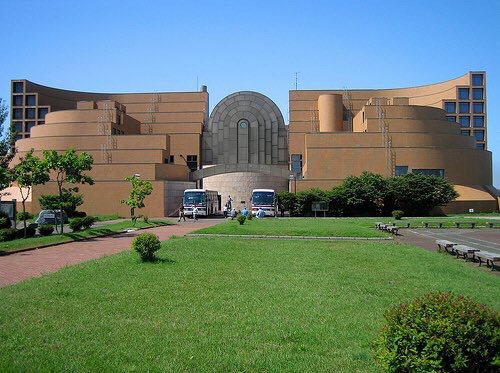
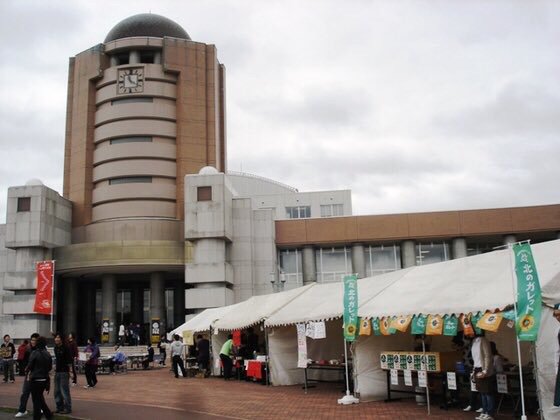

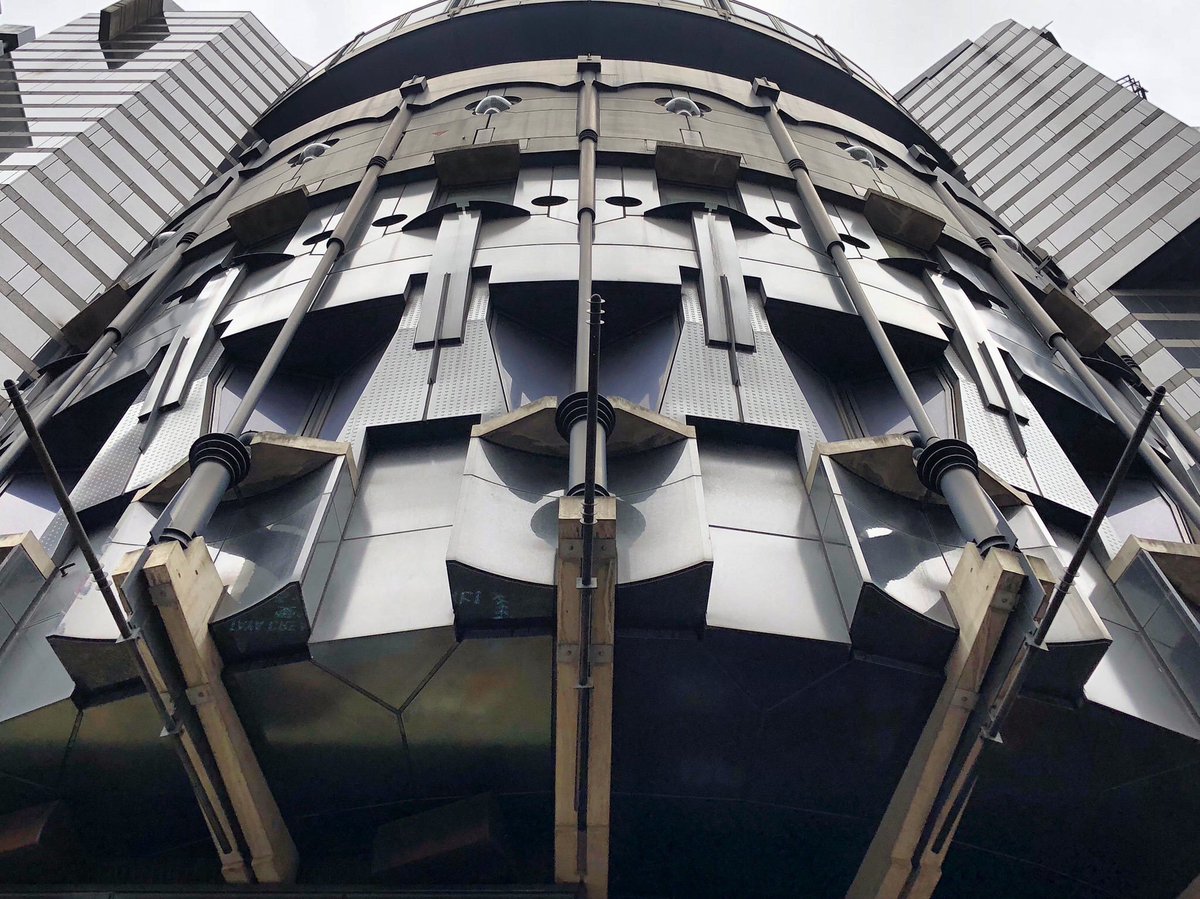
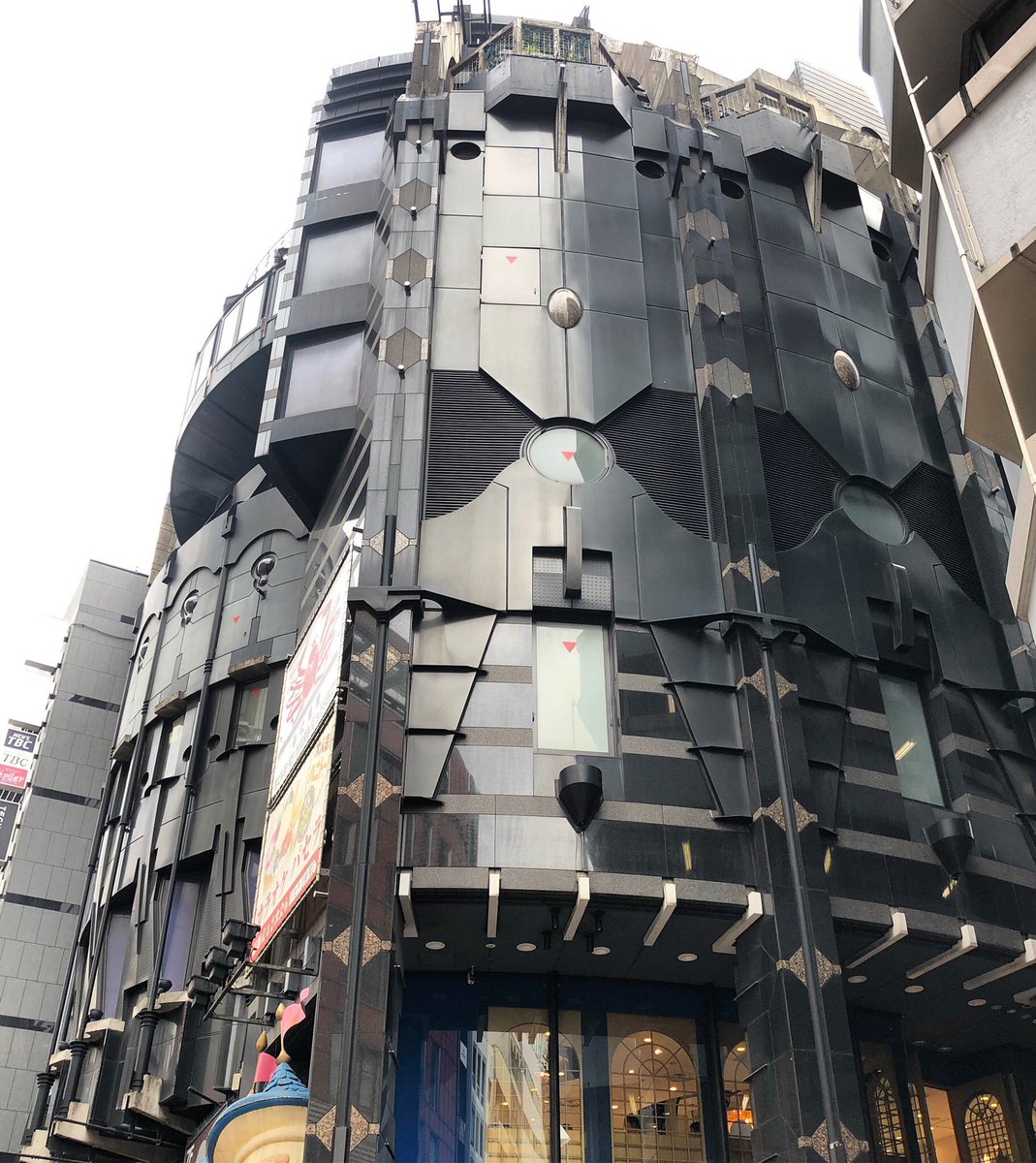


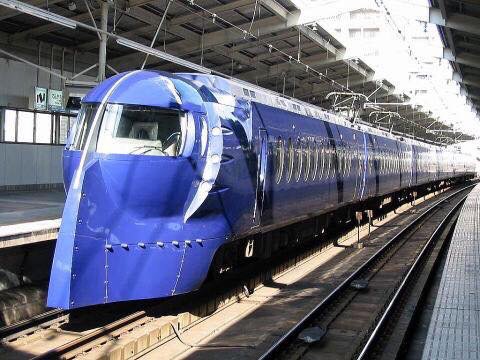
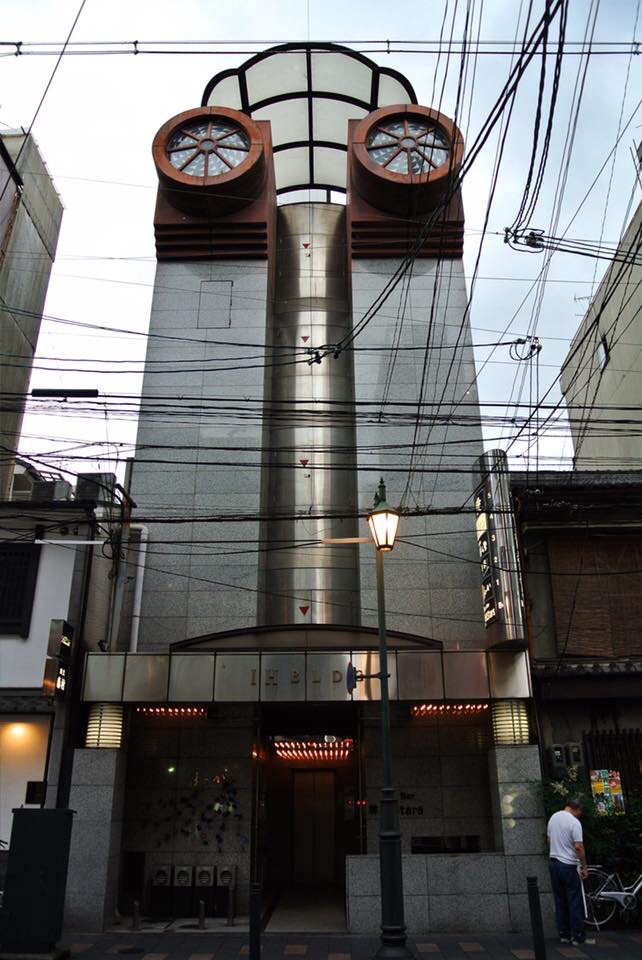

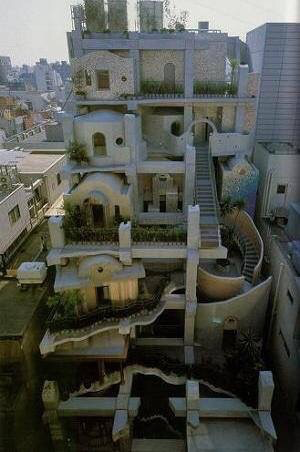
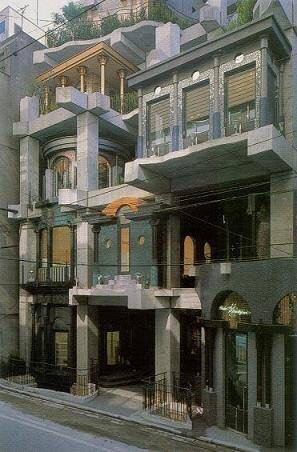

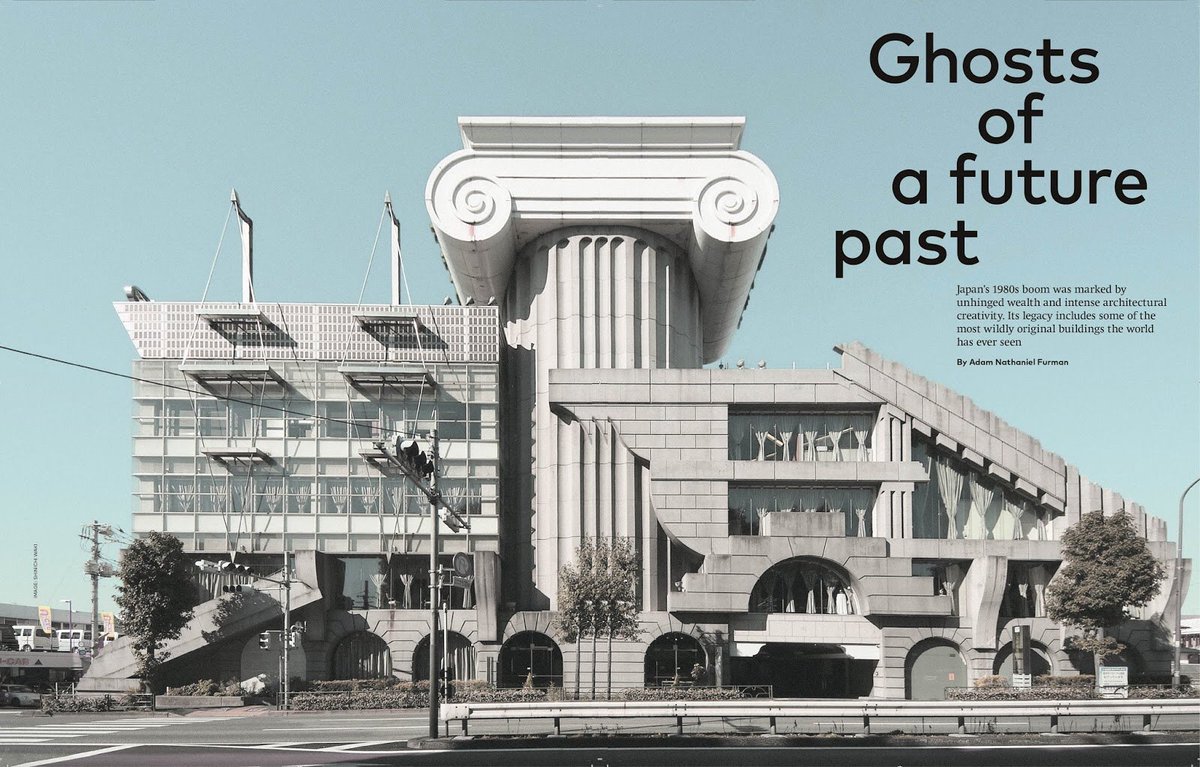


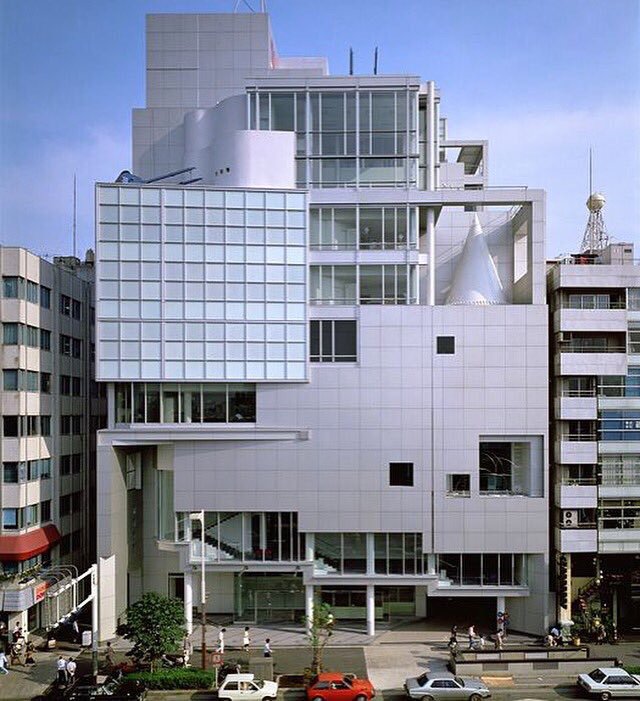


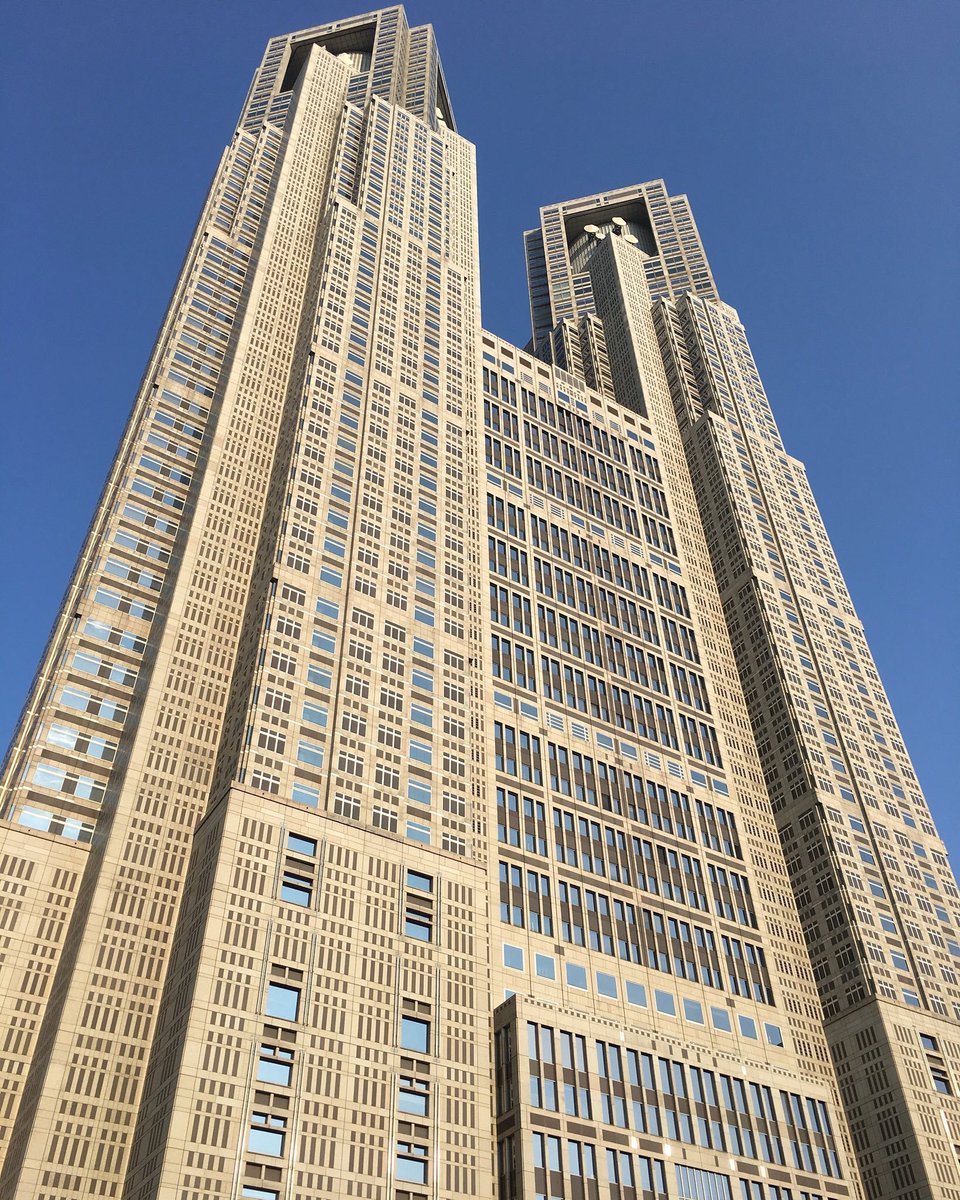
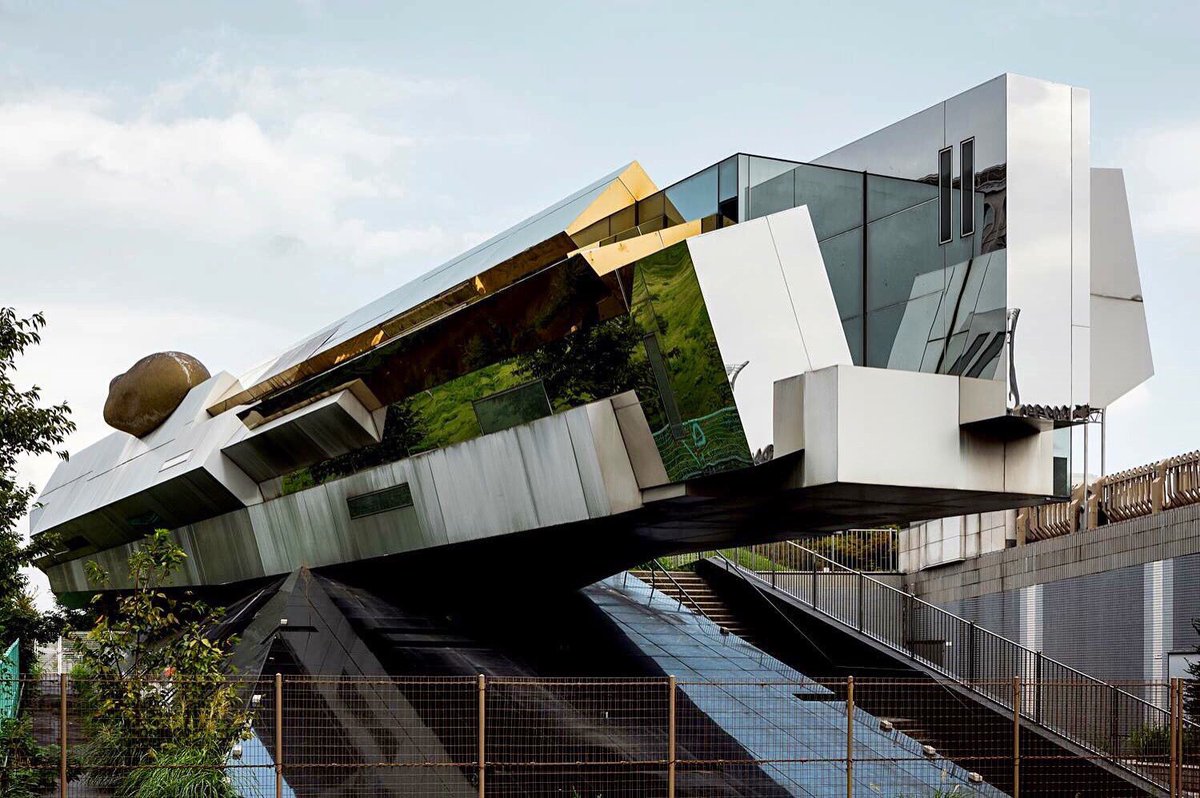


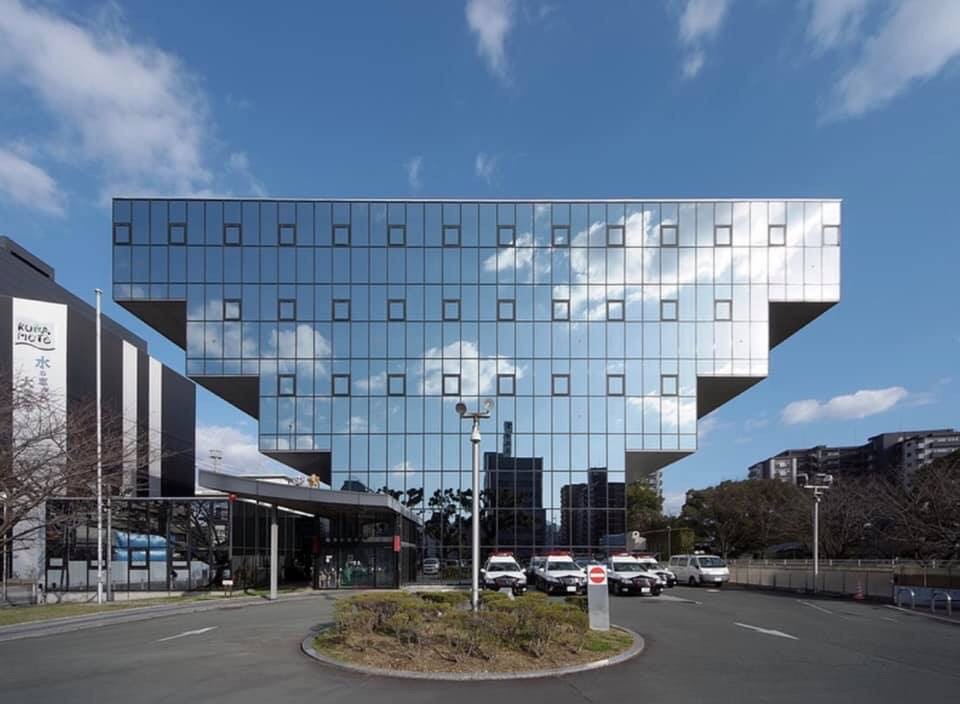




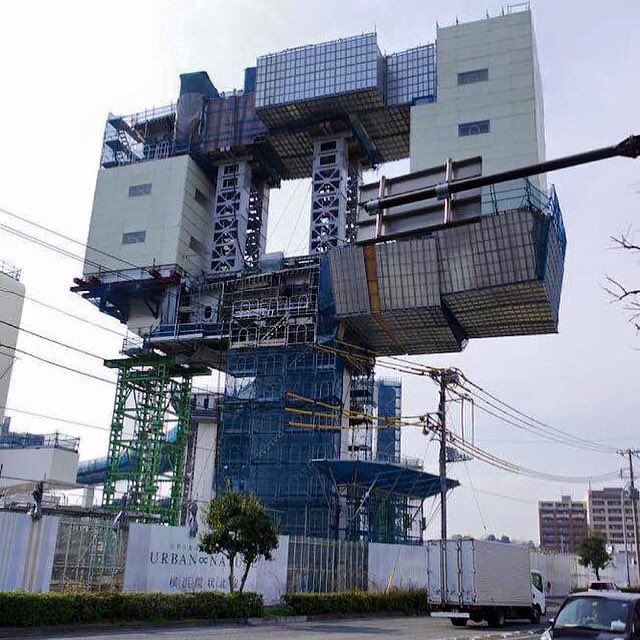
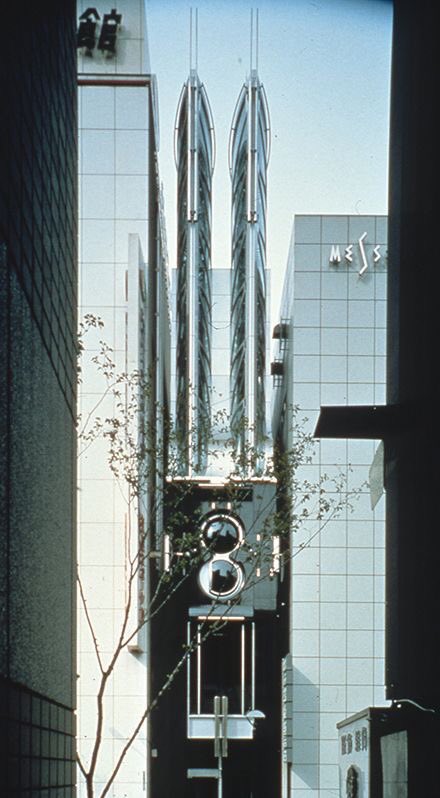
 " title="Some more models & drawings of Hiroshi Hara’s highrise masterpiece, the Umeda Sky Building in Osaka, 1988-93, last image with my reflection in it https://abs.twimg.com/emoji/v2/... draggable="false" alt="🤗" title="Umarmendes Gesicht" aria-label="Emoji: Umarmendes Gesicht">">
" title="Some more models & drawings of Hiroshi Hara’s highrise masterpiece, the Umeda Sky Building in Osaka, 1988-93, last image with my reflection in it https://abs.twimg.com/emoji/v2/... draggable="false" alt="🤗" title="Umarmendes Gesicht" aria-label="Emoji: Umarmendes Gesicht">">
 " title="Some more models & drawings of Hiroshi Hara’s highrise masterpiece, the Umeda Sky Building in Osaka, 1988-93, last image with my reflection in it https://abs.twimg.com/emoji/v2/... draggable="false" alt="🤗" title="Umarmendes Gesicht" aria-label="Emoji: Umarmendes Gesicht">">
" title="Some more models & drawings of Hiroshi Hara’s highrise masterpiece, the Umeda Sky Building in Osaka, 1988-93, last image with my reflection in it https://abs.twimg.com/emoji/v2/... draggable="false" alt="🤗" title="Umarmendes Gesicht" aria-label="Emoji: Umarmendes Gesicht">">
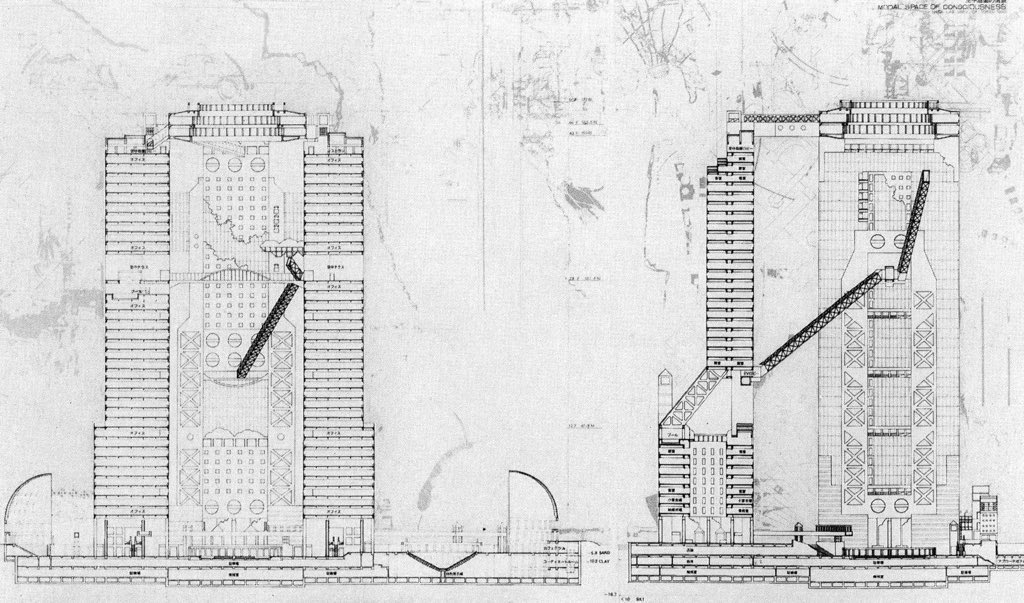 " title="Some more models & drawings of Hiroshi Hara’s highrise masterpiece, the Umeda Sky Building in Osaka, 1988-93, last image with my reflection in it https://abs.twimg.com/emoji/v2/... draggable="false" alt="🤗" title="Umarmendes Gesicht" aria-label="Emoji: Umarmendes Gesicht">">
" title="Some more models & drawings of Hiroshi Hara’s highrise masterpiece, the Umeda Sky Building in Osaka, 1988-93, last image with my reflection in it https://abs.twimg.com/emoji/v2/... draggable="false" alt="🤗" title="Umarmendes Gesicht" aria-label="Emoji: Umarmendes Gesicht">">
 " title="Some more models & drawings of Hiroshi Hara’s highrise masterpiece, the Umeda Sky Building in Osaka, 1988-93, last image with my reflection in it https://abs.twimg.com/emoji/v2/... draggable="false" alt="🤗" title="Umarmendes Gesicht" aria-label="Emoji: Umarmendes Gesicht">">
" title="Some more models & drawings of Hiroshi Hara’s highrise masterpiece, the Umeda Sky Building in Osaka, 1988-93, last image with my reflection in it https://abs.twimg.com/emoji/v2/... draggable="false" alt="🤗" title="Umarmendes Gesicht" aria-label="Emoji: Umarmendes Gesicht">">
